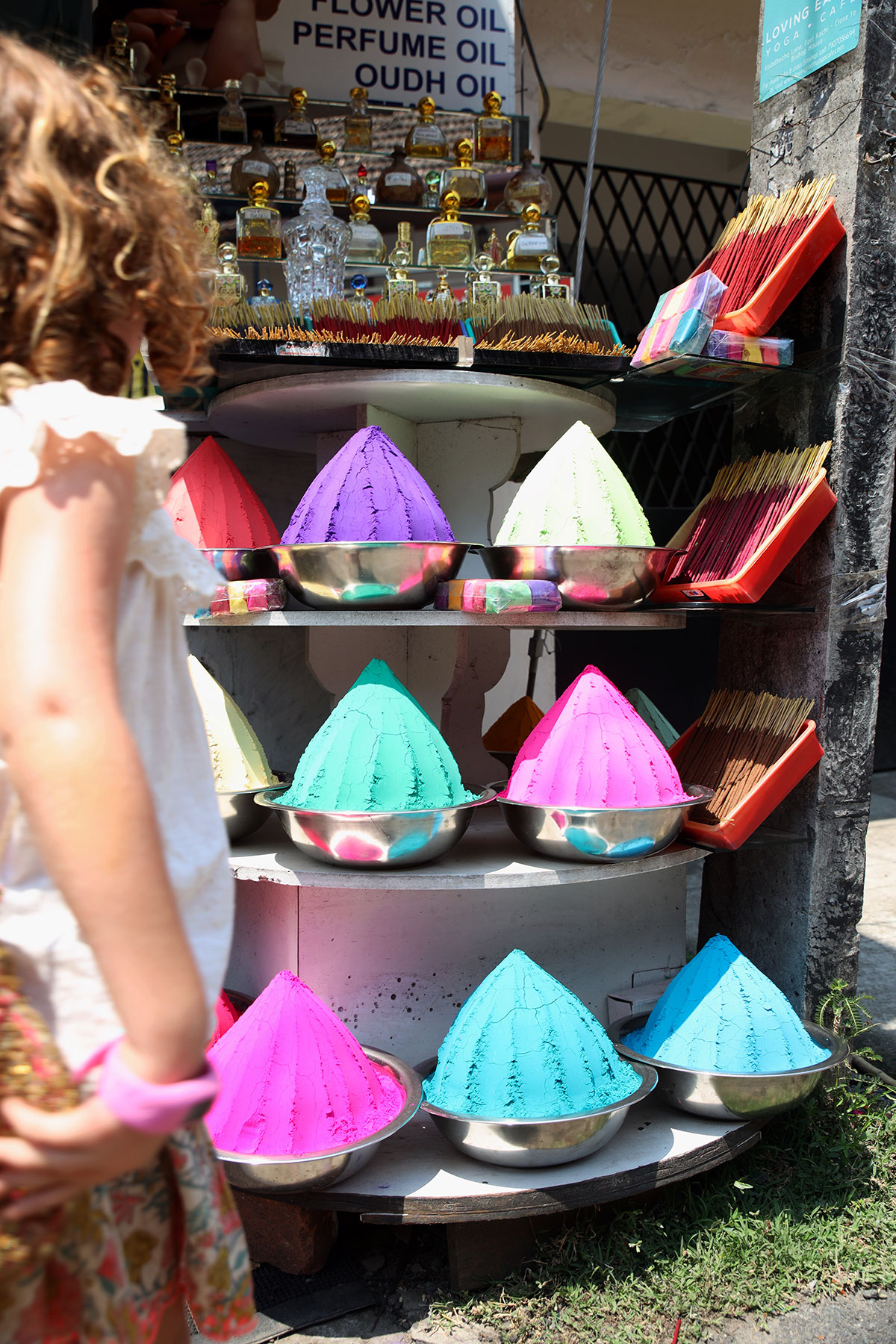The colour of India with a European sophistication. Exploring Fort Kochi.
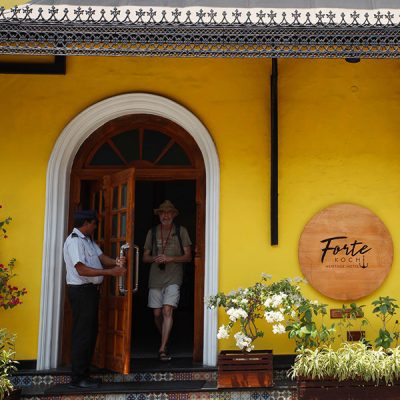
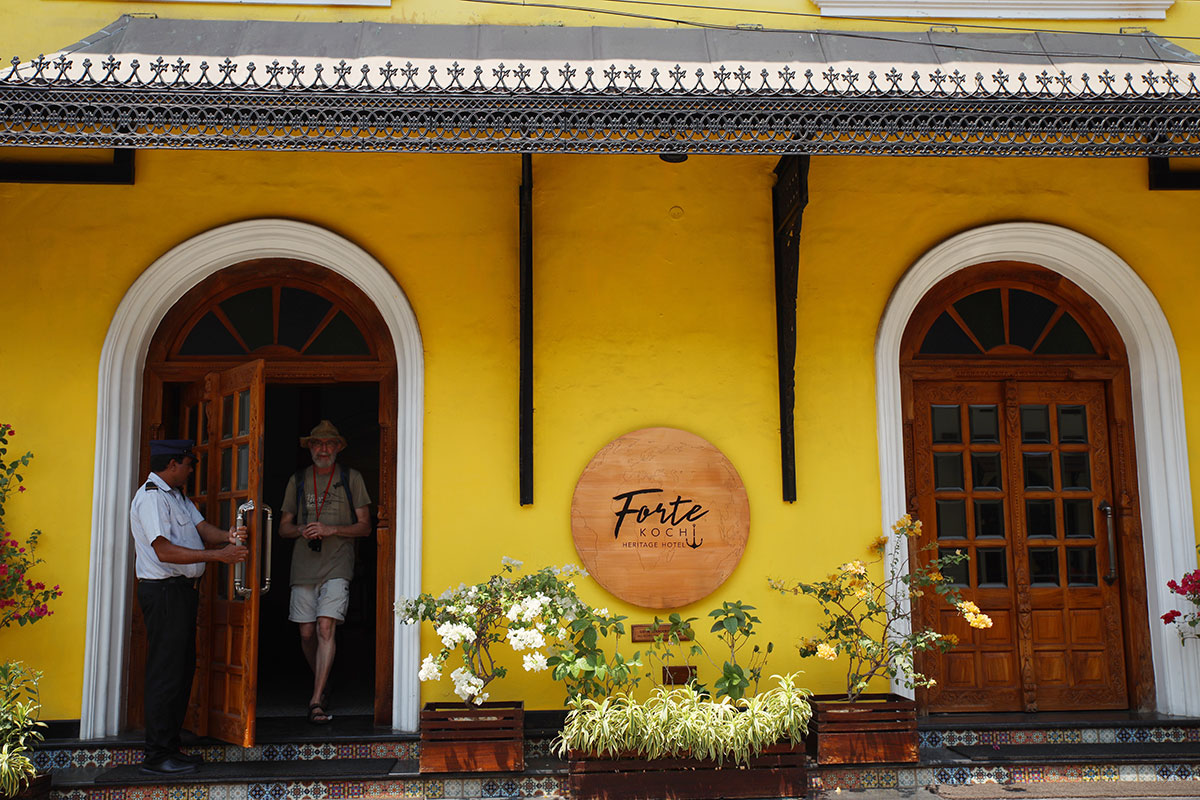
After saying a sad goodbye to our yoga retreat friends at Ashiyana Retreat the next stop on our journey was the city of Kochi. It was a long and rather stressful journey, with a flight change in Hyderabad, long security queues where we had to split into our genders to be processed (but for some reason Layla loved being patted down by the female security guards who were all so kind to her!) and huge crowds to contend with.
When we arrived in Kochi it was a long drive, through heavy traffic to our hotel, Tea Bungalow, in the sweet village-like Fort Kochi. The feeling of being a little frazzled and over it dissipated quickly as we were welcomed with open arms by the staff at this quaint, bright yellow, tea and nautical-themed hotel. It was quite late in the evening so they arranged for us to order some dinner which they prepared whilst we got settled in our room and put Etienne to sleep.
Feeling at home at Tea Bungalow



The next morning we were really excited to get started exploring. I must admit I hadn’t done much research and was really not sure what to expect from the place (a pitfall of planning our trip at the last minute!), except for the famous Chinese fishing nets. To say I was pleasantly surprised is an understatement! It didn’t take me long to fall a little in love with Fort Kochi and wish that we had planned a few more days here. Our plan for the morning was to wander into the Princess Street district, famous for its architecture, shopping and cafe culture, stopping at the Santa Cruz Cathedral Basilica on the way before making our way to the wonderfully quirky Teapot Cafe.
Street scenes
Fort Kochi was a dream to wander, with its unmistakably Indian features of women in bright saris and yellow and green tuk tuks puttering down the roads combined with the beautiful, bright European-style architecure left behind by the Portugese, Dutch and British who all formerly ruled the city. Street art and posters from the Kochi-Muziris Biennale art exhibition added to the interest and atmosphere.
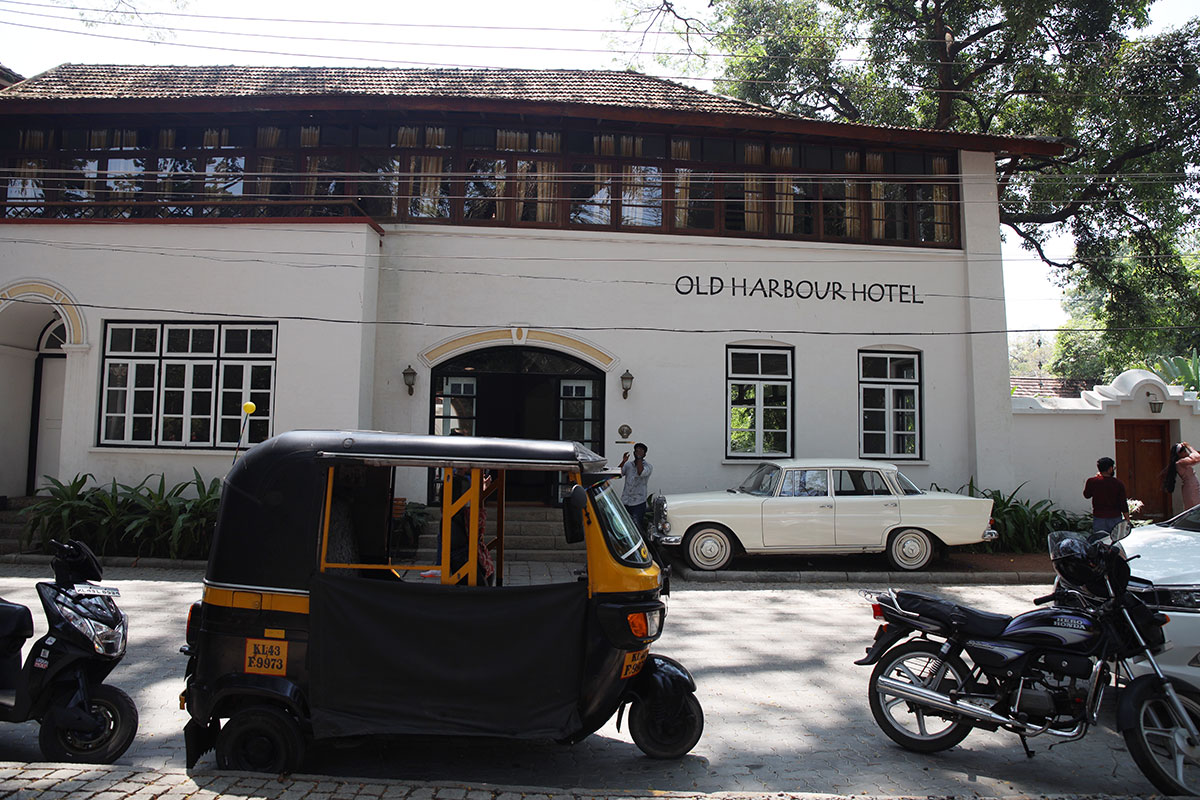
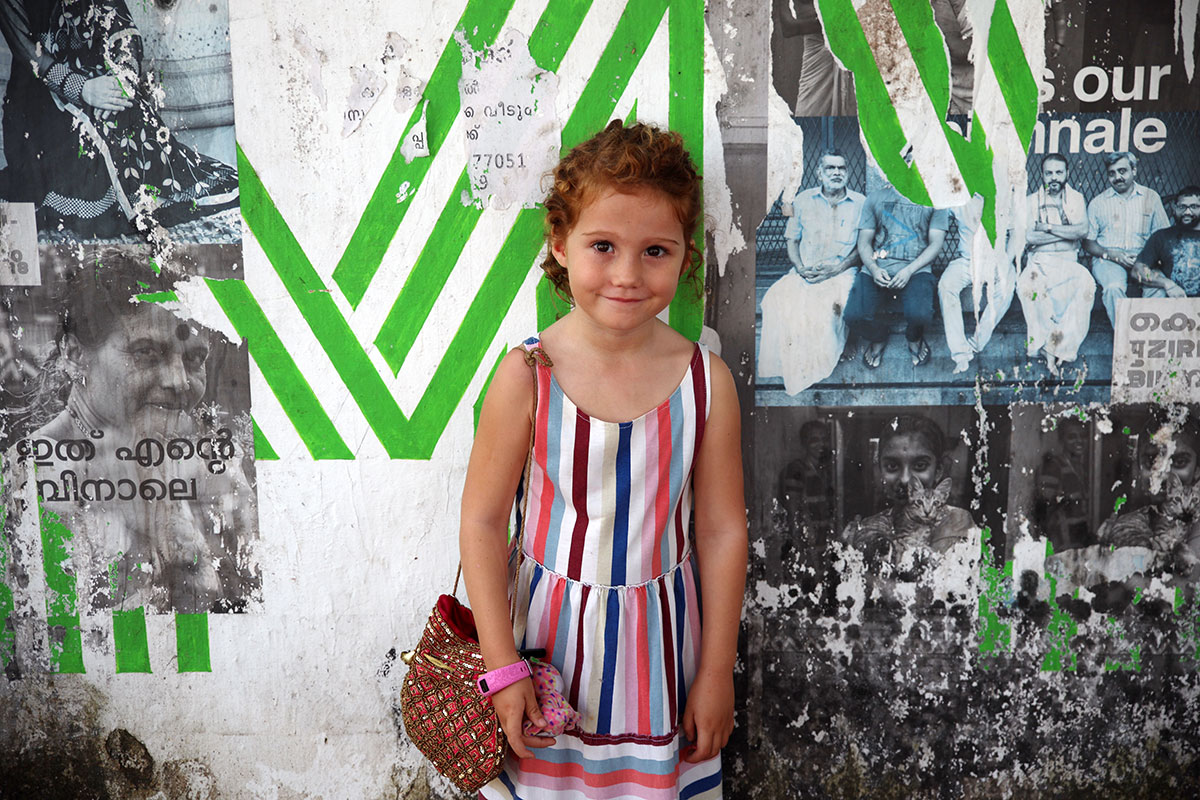
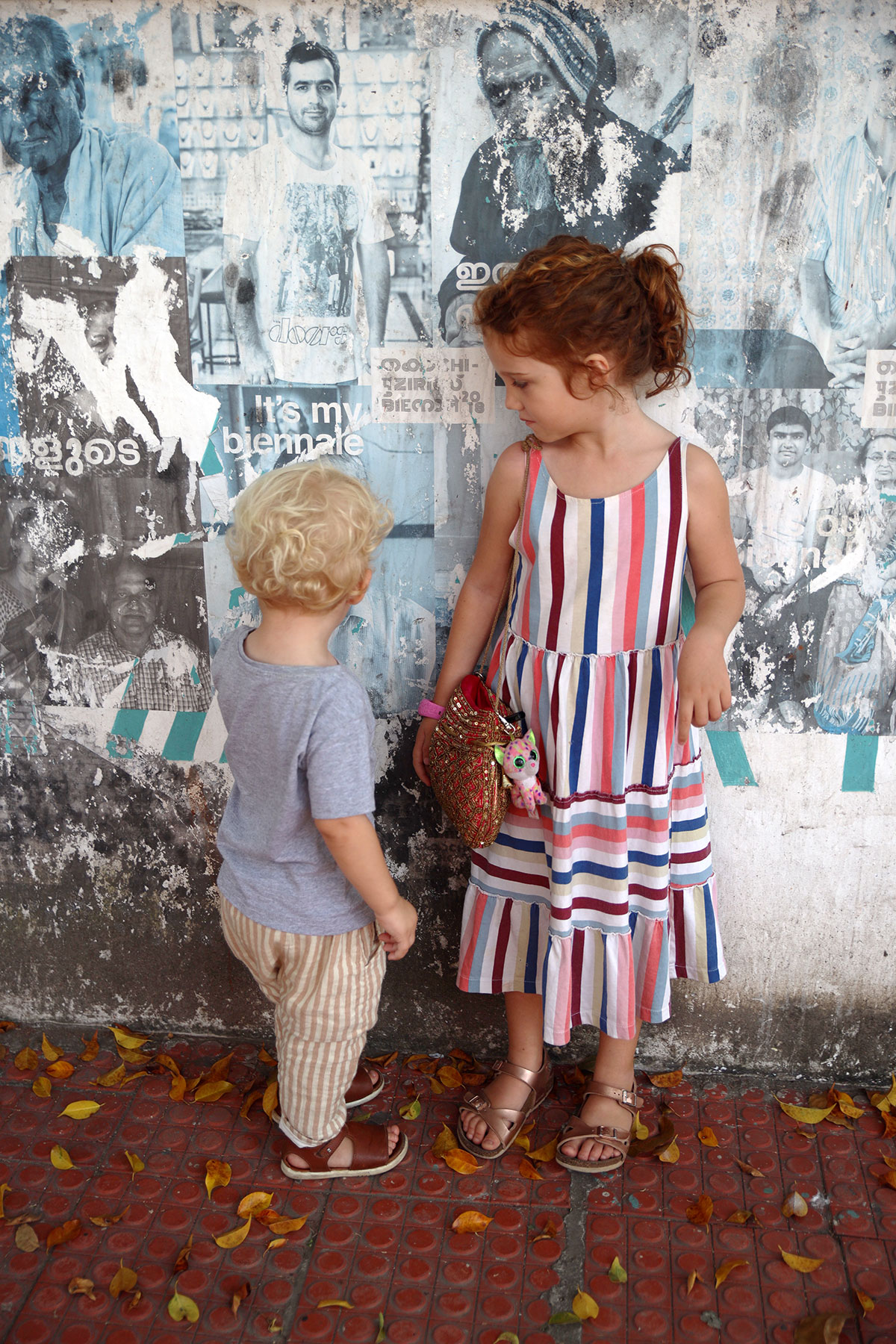
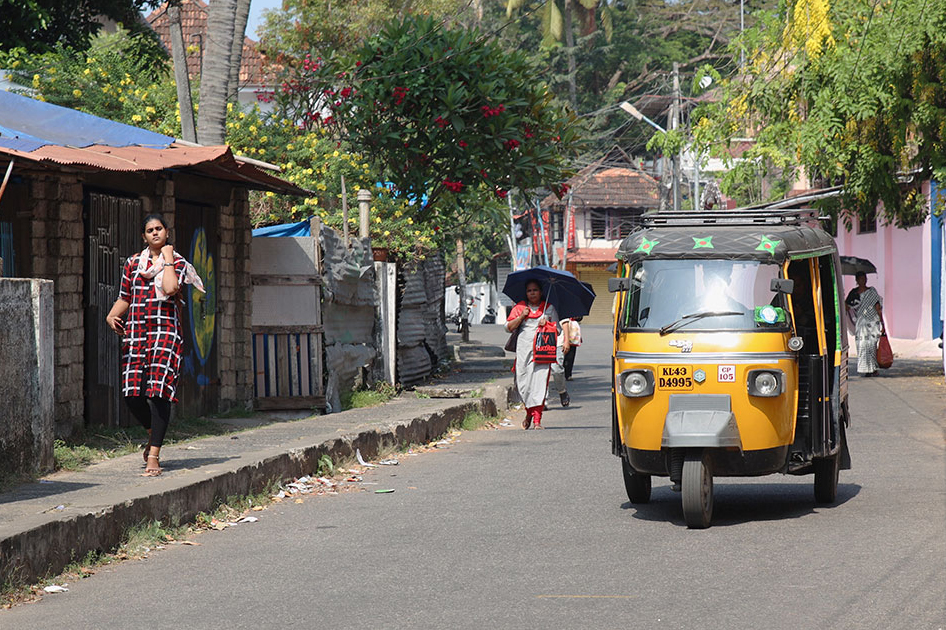
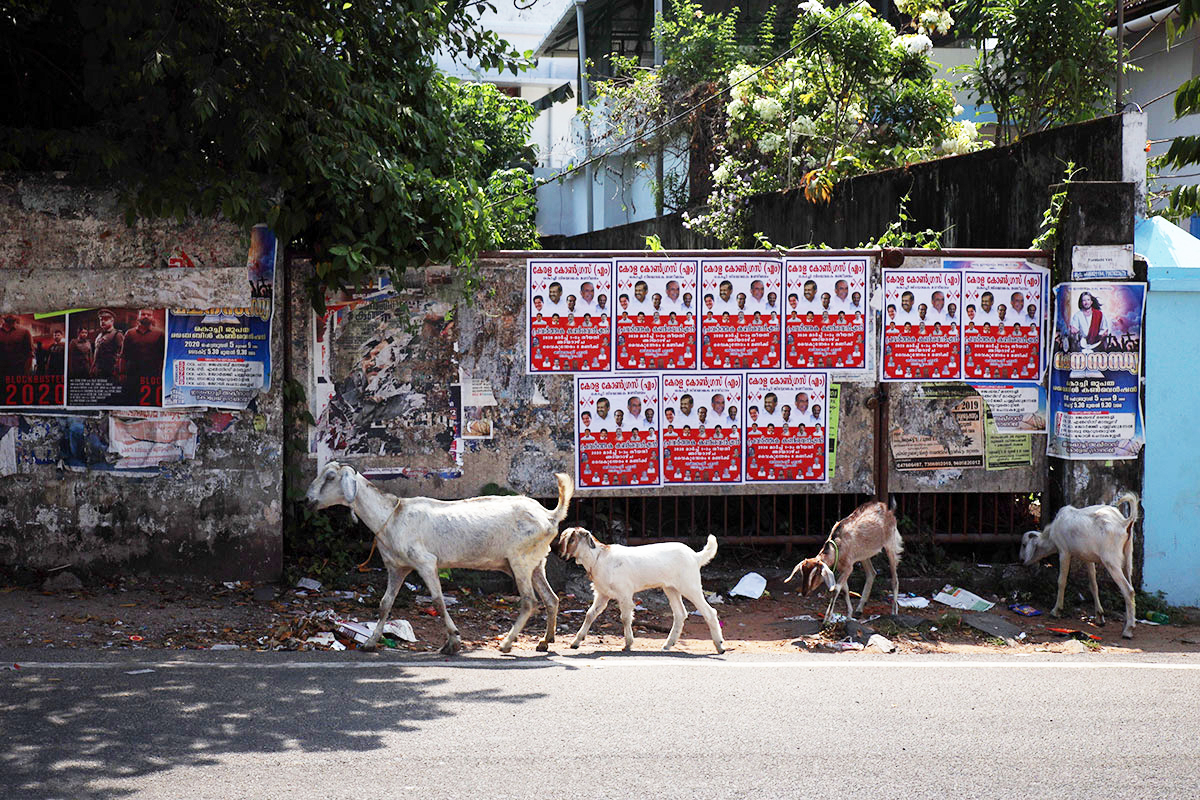
Santa Cruz Cathedral Basilica
The eye-catching Santa Cruz Cathedral’s bright white exterior is hard to miss on a sunny day, especially with the two tall spires, which can be seen from quite a distance. The interior is pastel-coloured and decorated with beautiful stained-glass windows and religious artwork.
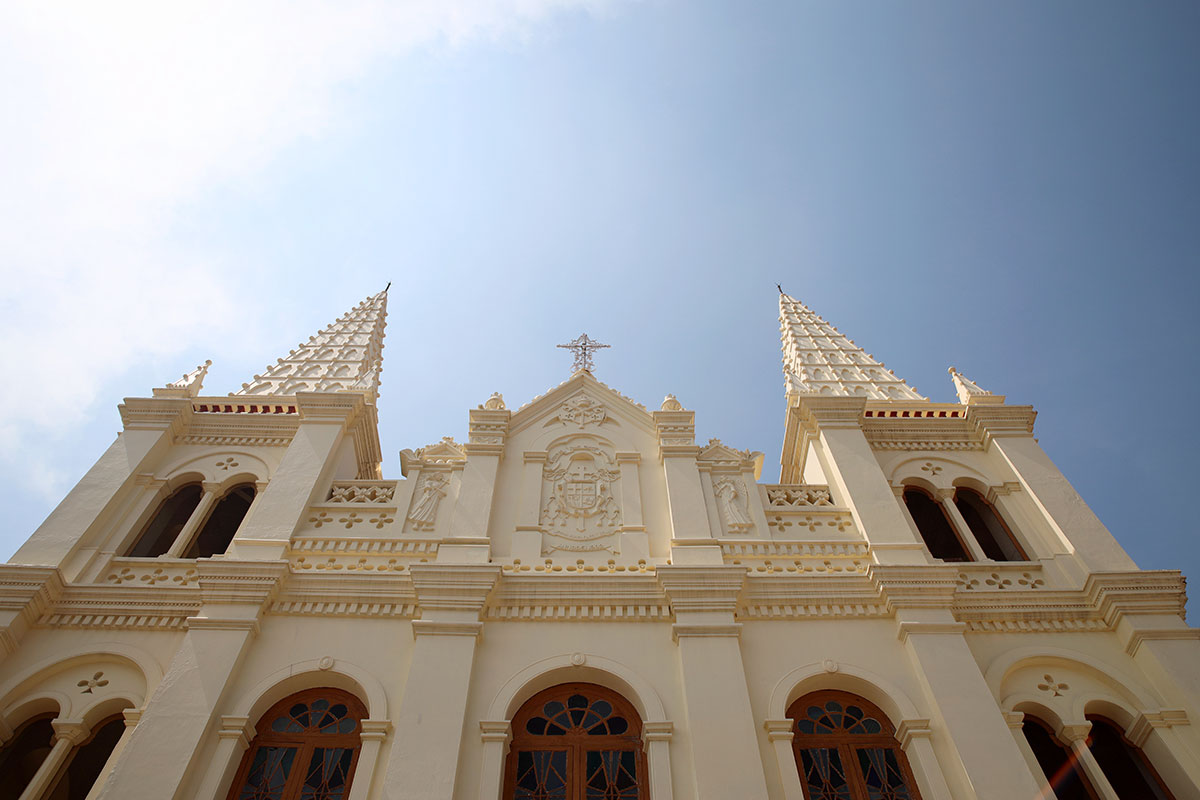
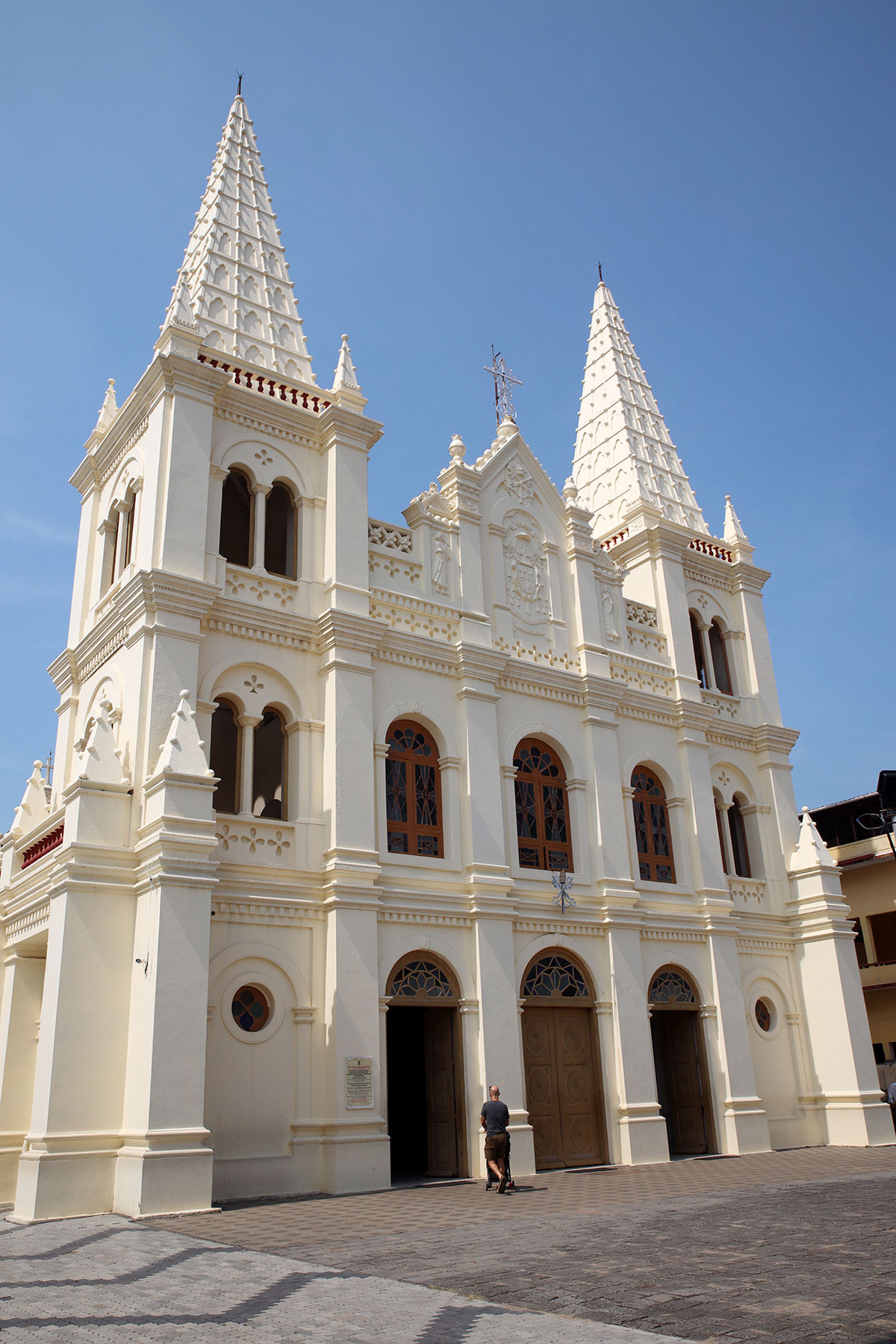
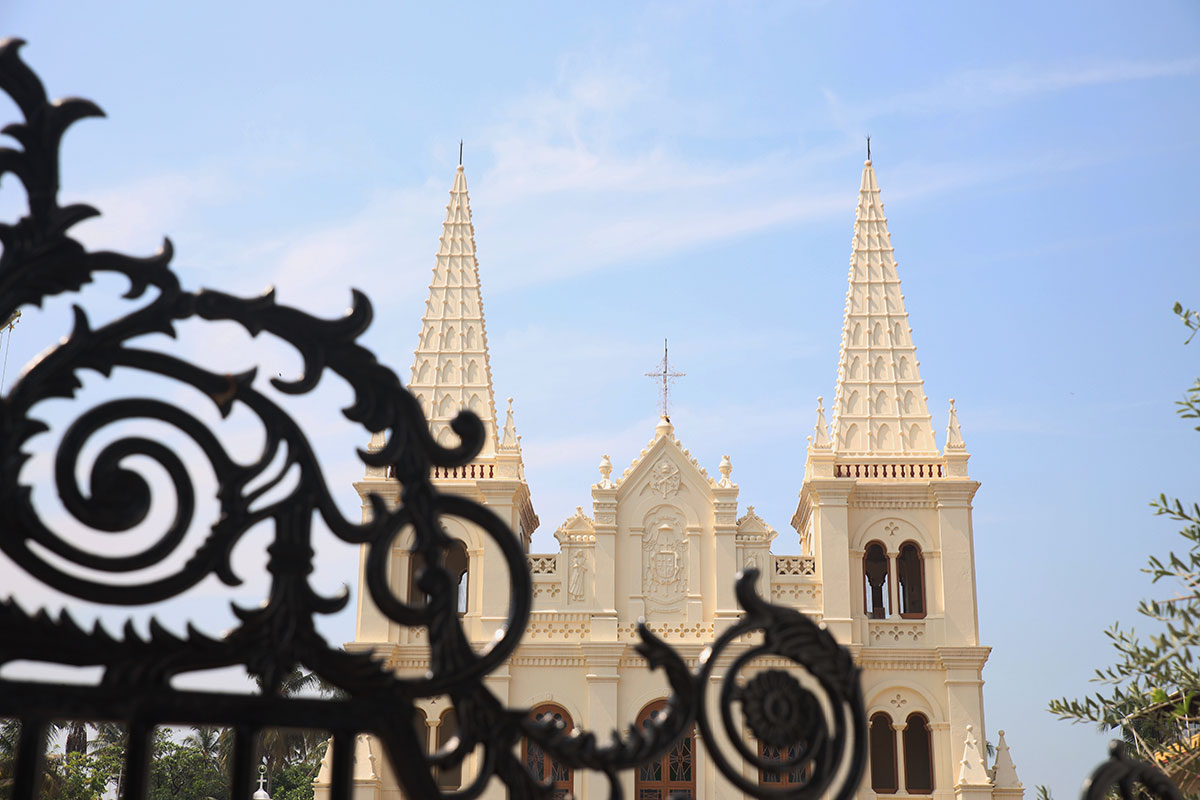
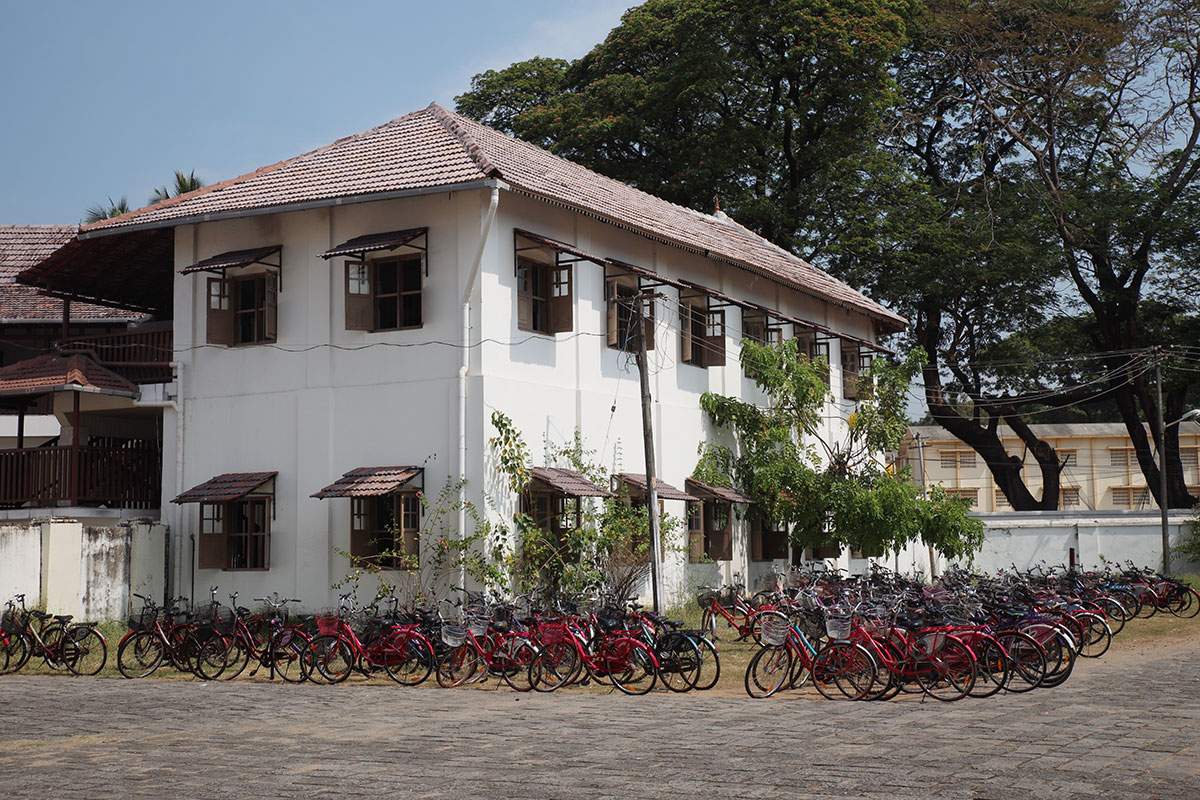
Teapot Cafe
This unique and atmospheric cafe is a real gem, especially when you are a photograhy lover with a tea-obsessed husband. It deserves a blog post all of its own!
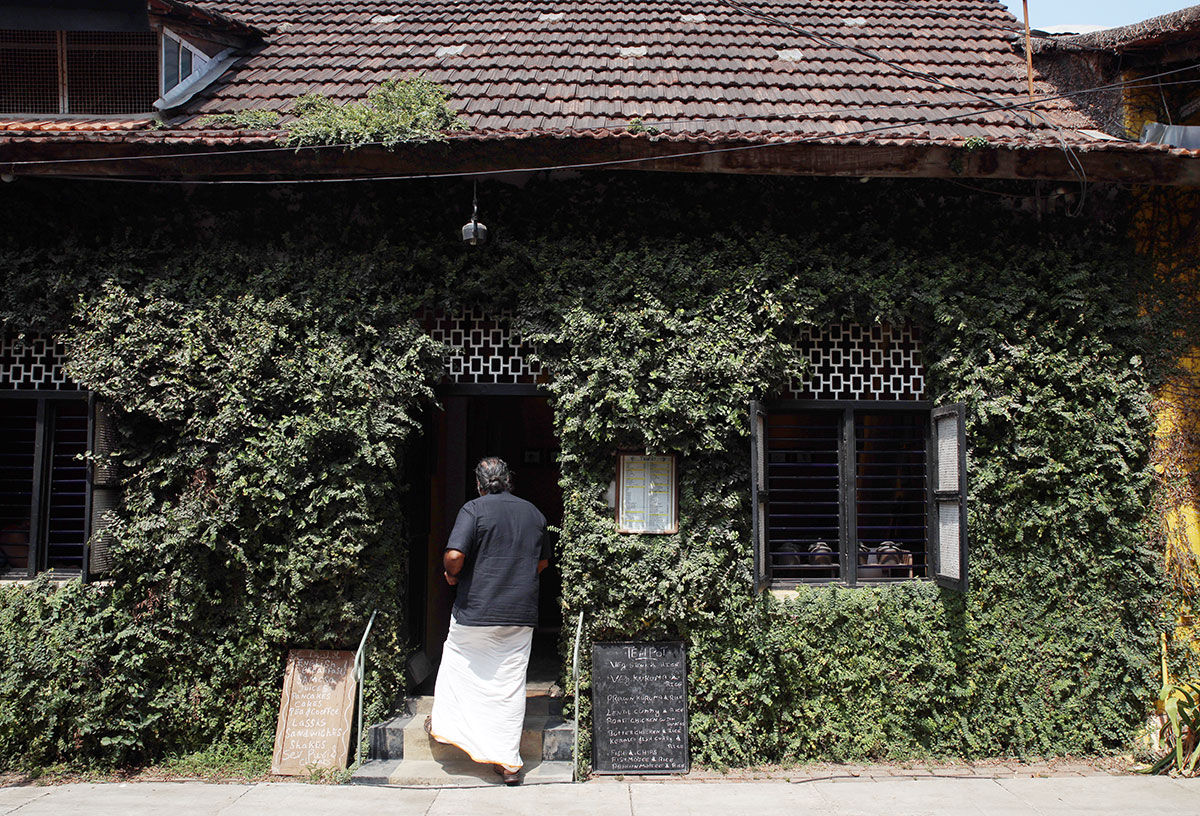
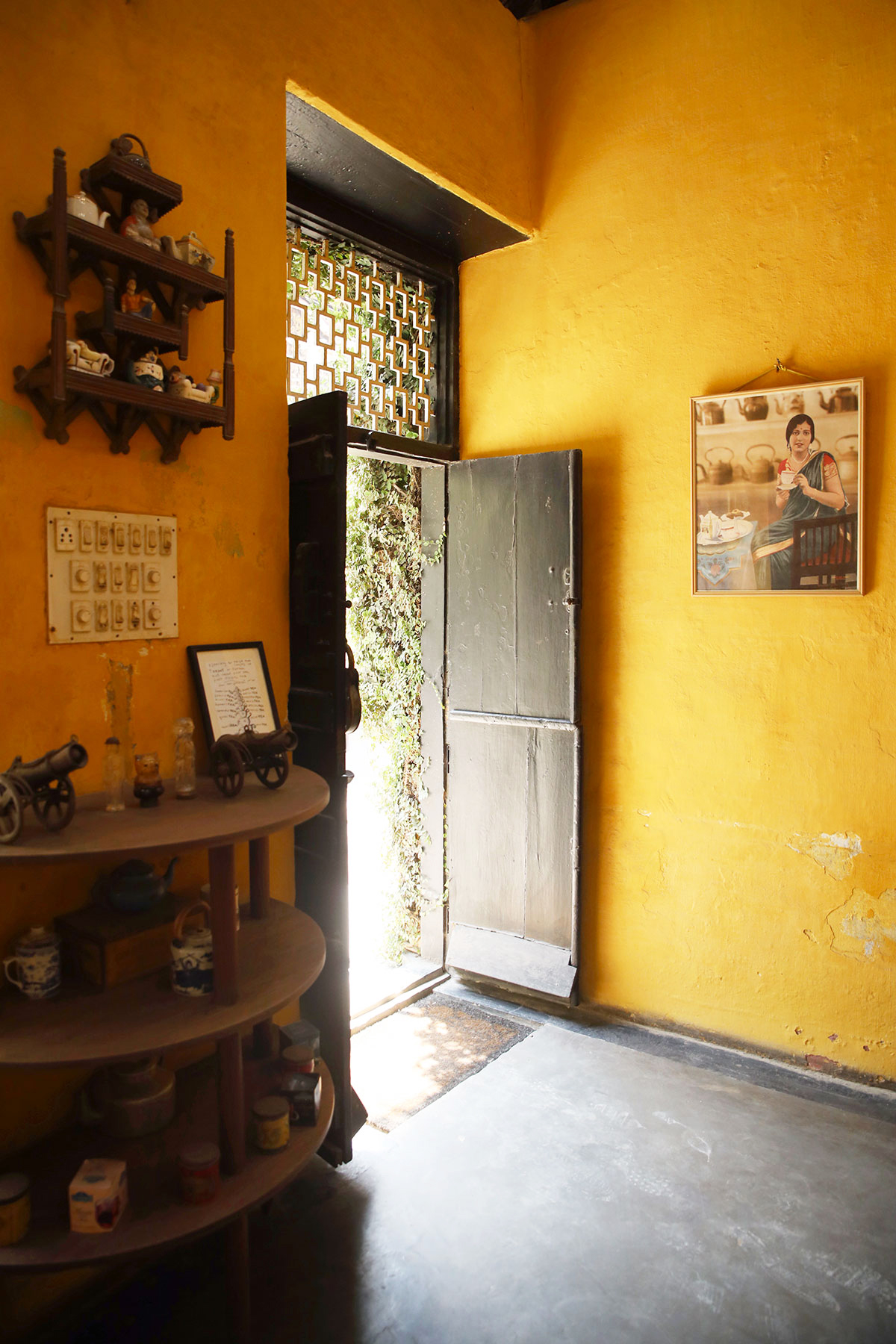
Kochi for kids
If you are travelling with children who need to run off a little steam after being on their best behaviour at the Teapot Cafe there is a cute little playground at the end of Princess Street en route to the Chinese Fishing Nets. It’s a great place for people watching too!
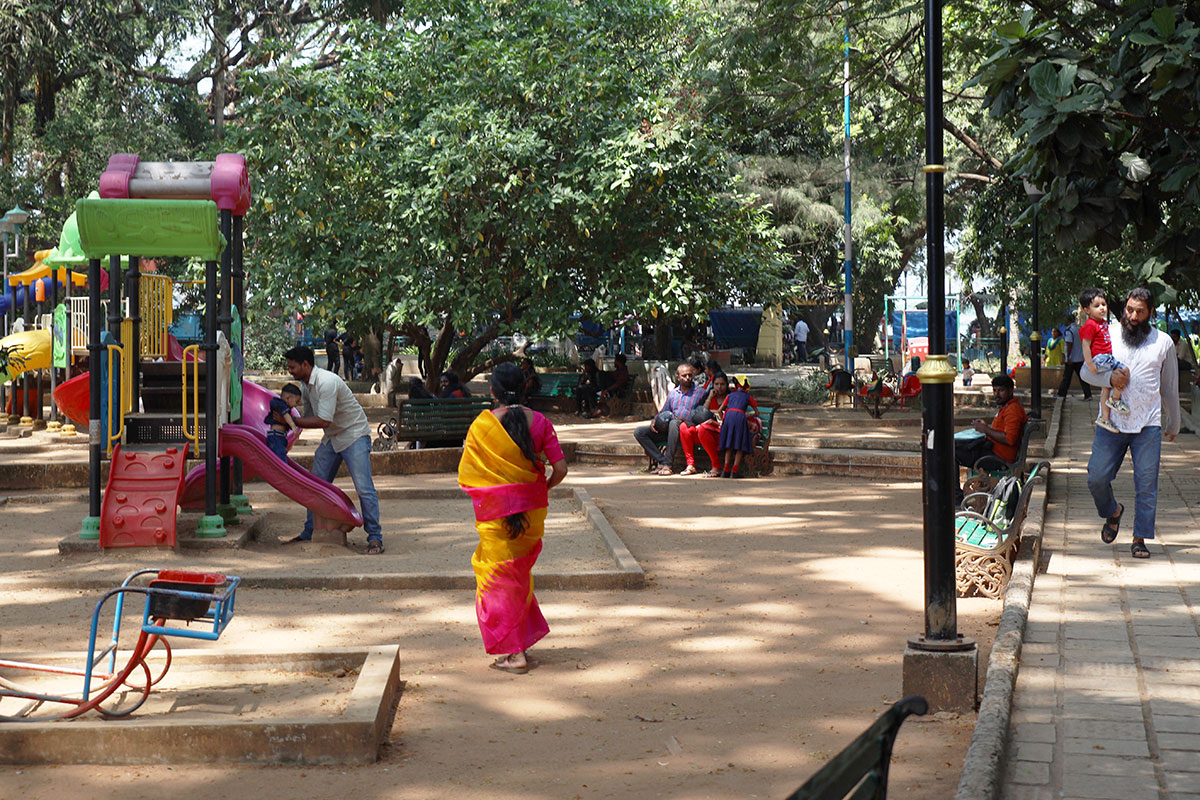
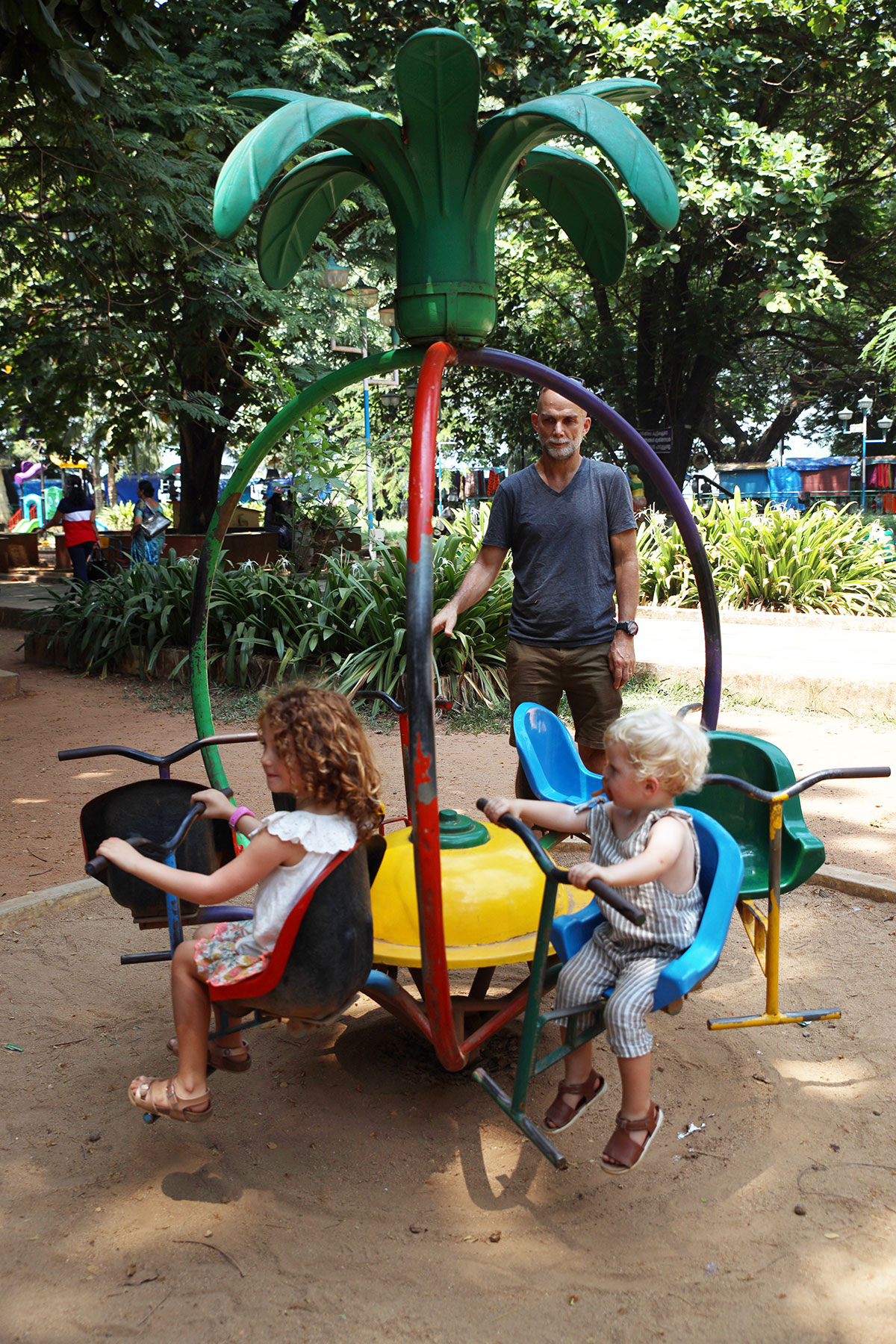
Fishing nets
Perhaps Kochi’s most famous sight is the Chinese Fishing Nets and the best place to view them is whilst taking a stroll along the narrow walkway which follows the Fort Kochi Beach, near Vasco da Gama Square. They are thought to date back to between 1350 and 1450 AD. Made of teak and bamboo they are around 10 metres high and each net takes four or more fishermen to operate, based on a cantilever system. Whilst they were interesting to look at none of them were being used when we visited so we felt a little underwhelmed. Perhaps we should have returned at sunset to have more chance of seeing them in action. The area around the nets is quite atmospheric though with lots of market stalls to look at and locals enjoying the afternoon to people watch.
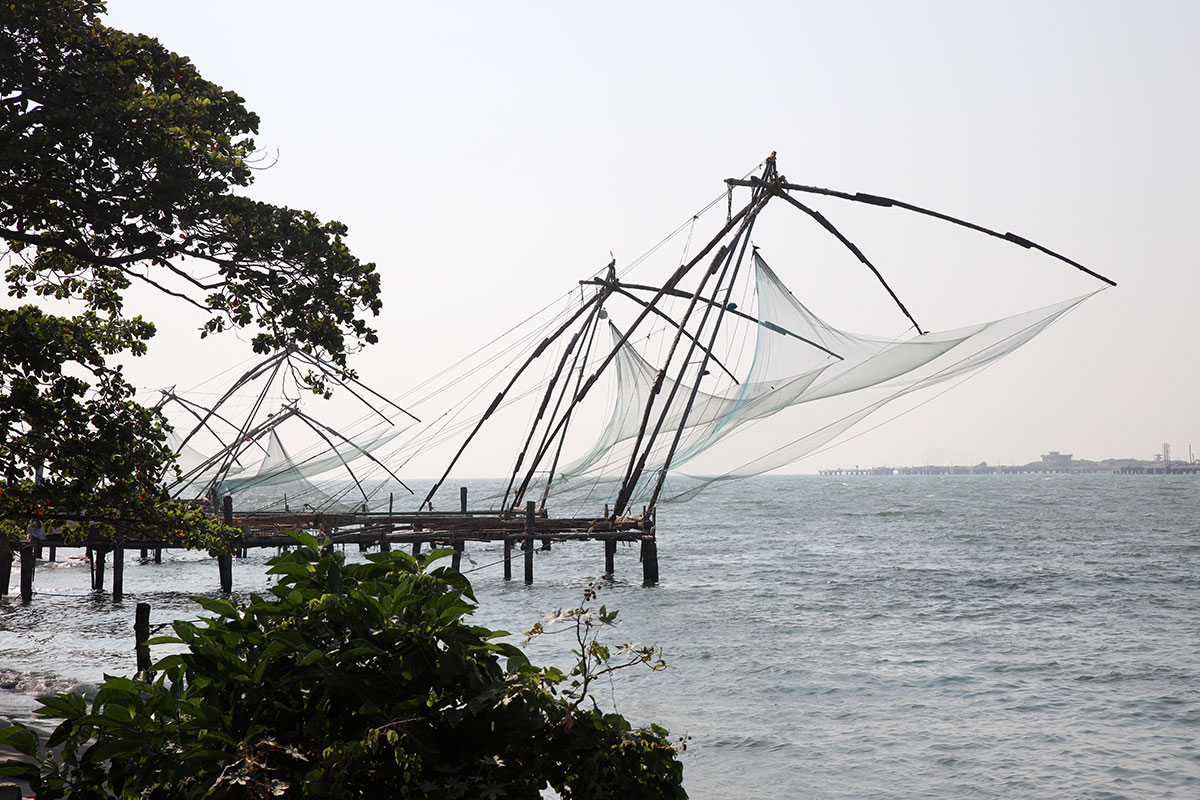
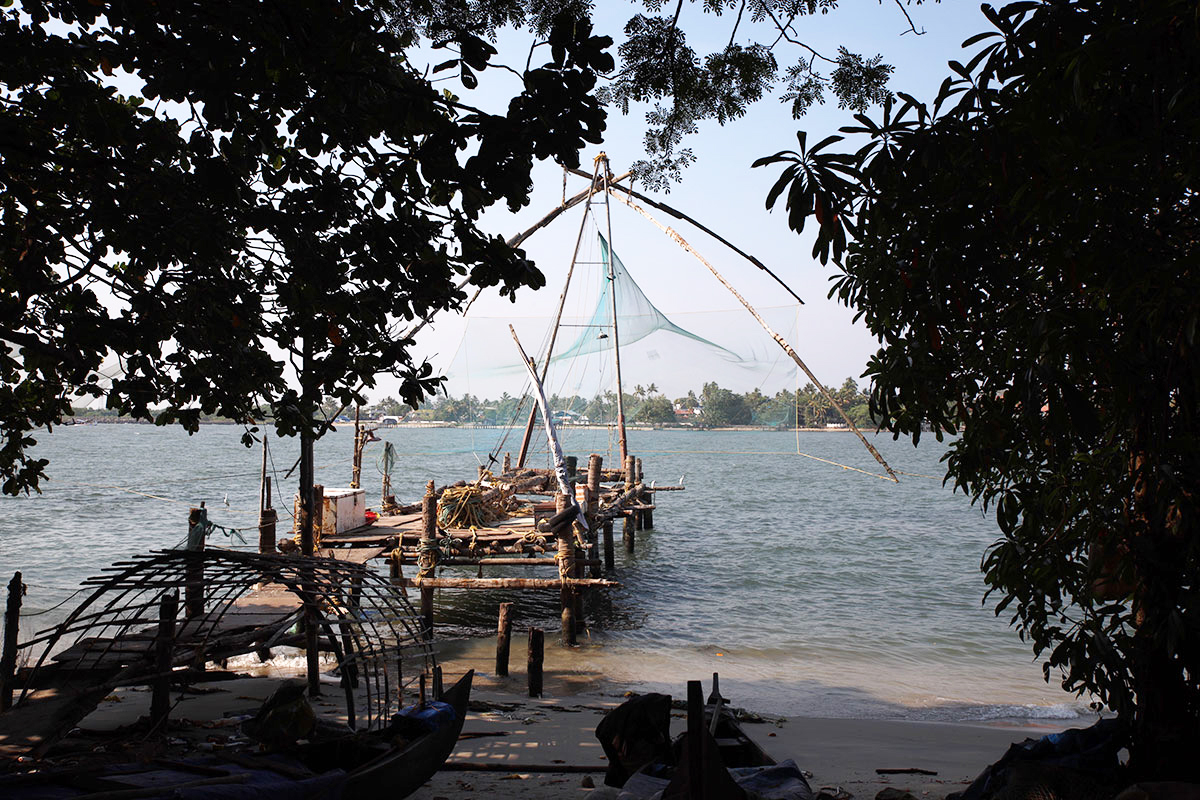
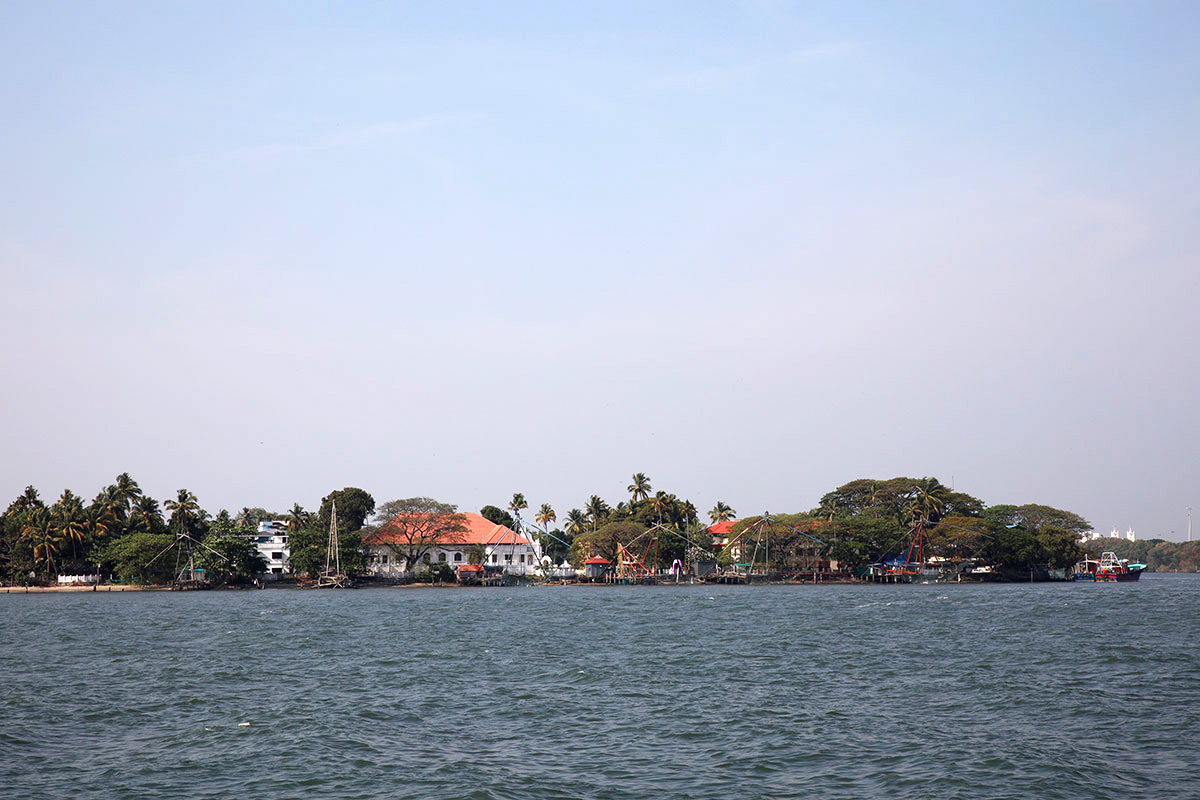
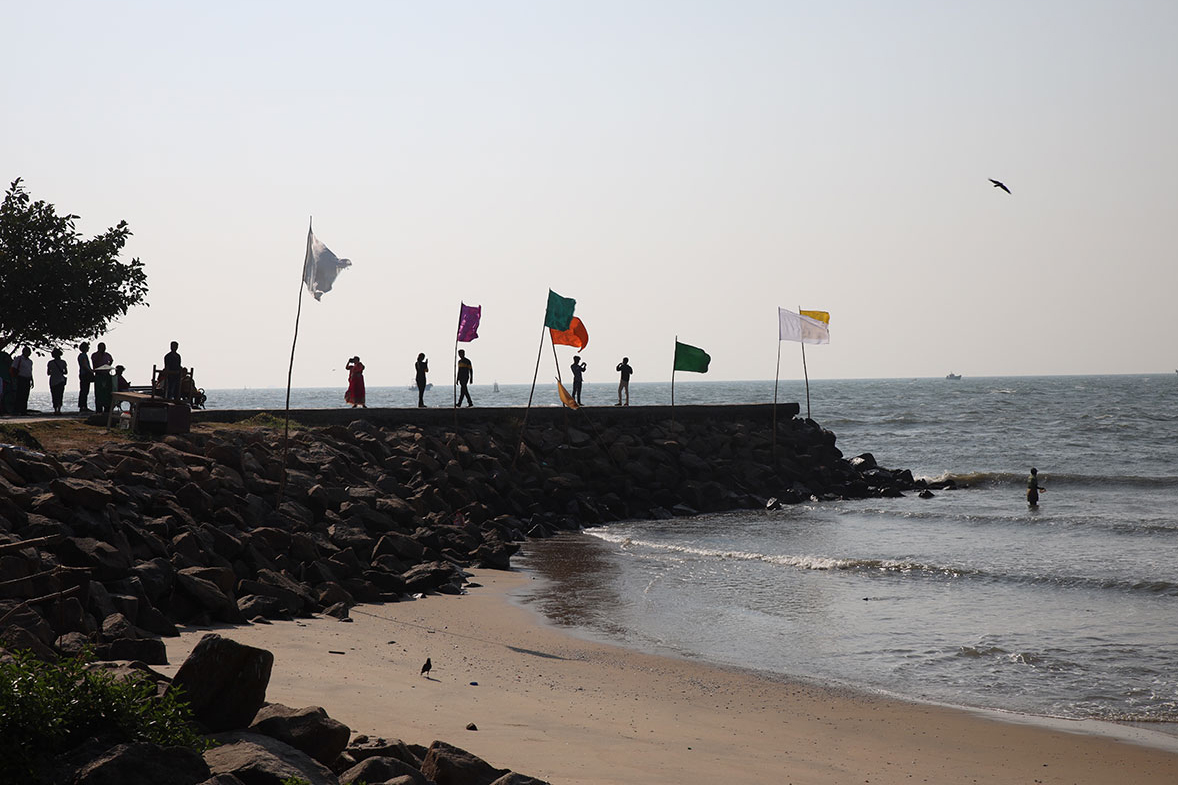
St Francis Church & street art
From the beach we headed through some lovely local laneways lined with very fancy houses and hotels, plus some interesting street art (perfect for little ones who love to pose!) to the St Francis Church. The church is the oldest European church in India, it was built by the Portugese and the legendary Portugese explorer Vasco Da Gama was buried inside in 1524. In the garden there is a war memorial to the soldiers from Kochi who lost their lives in World War 1. The style of the church is very old, with few decorative elements, a wooden roof and stone floor.
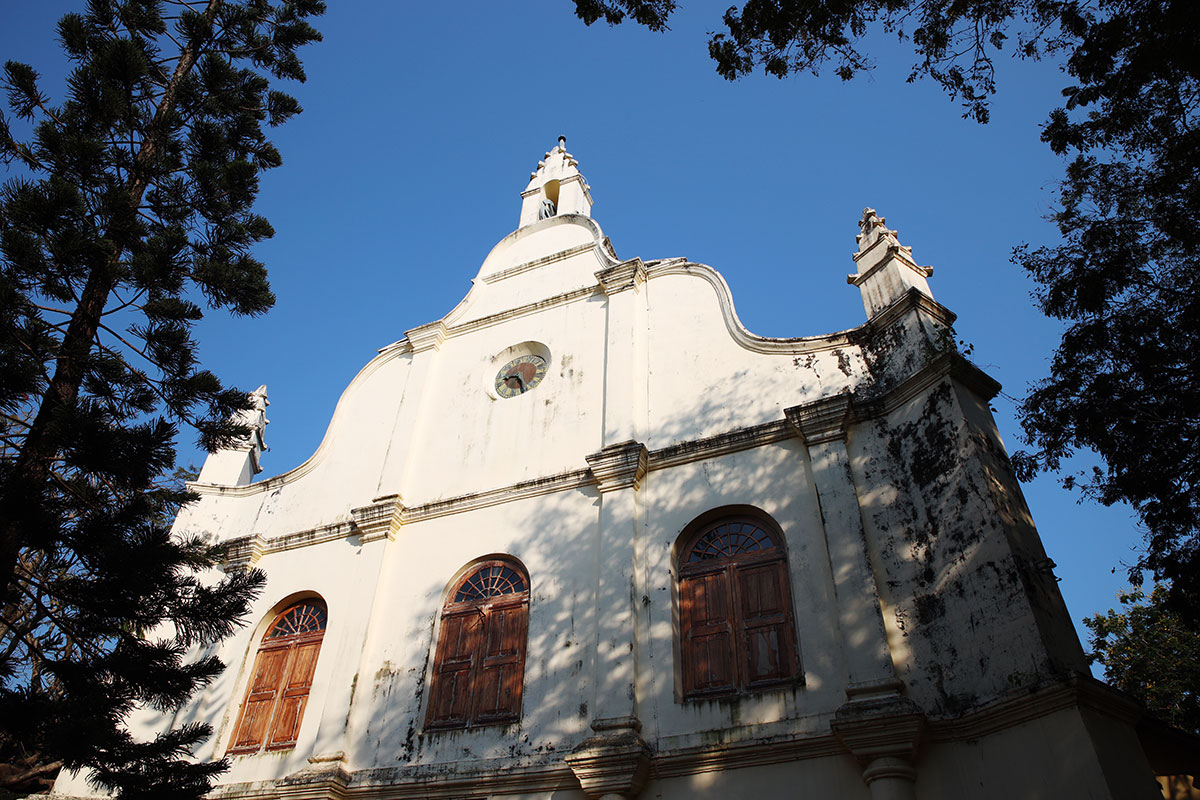
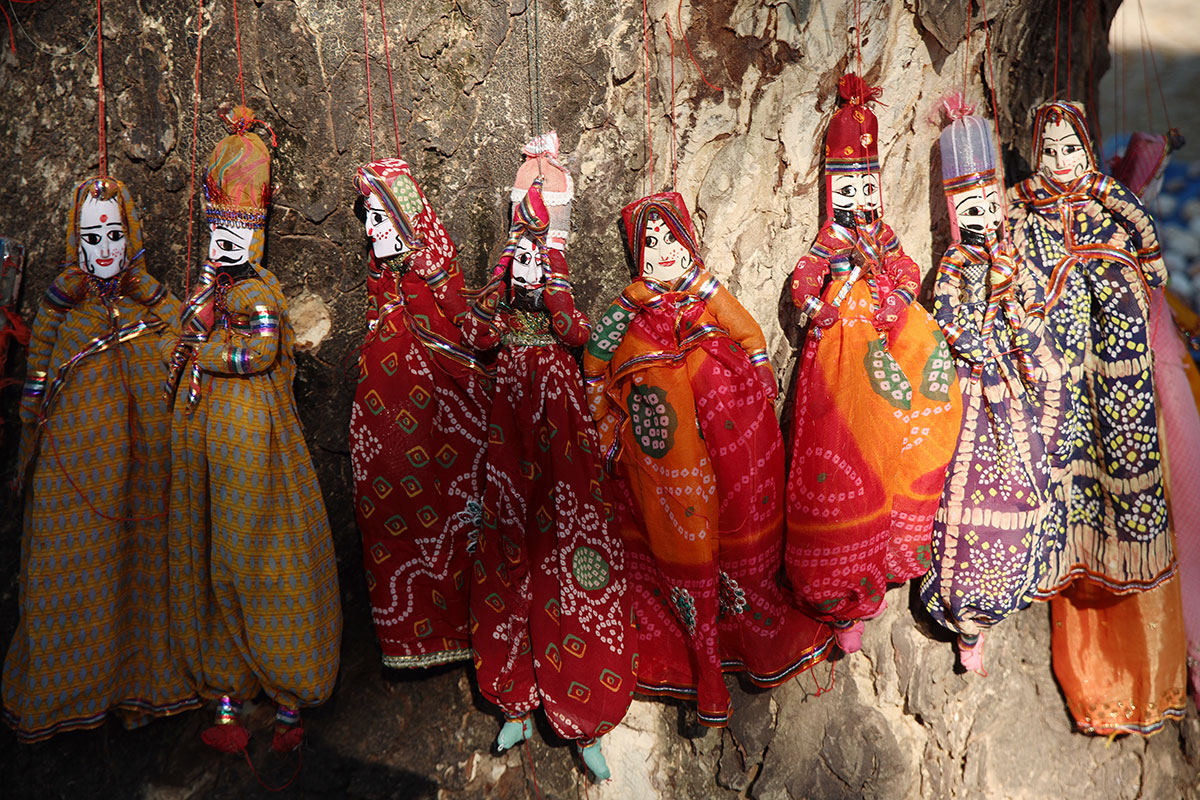
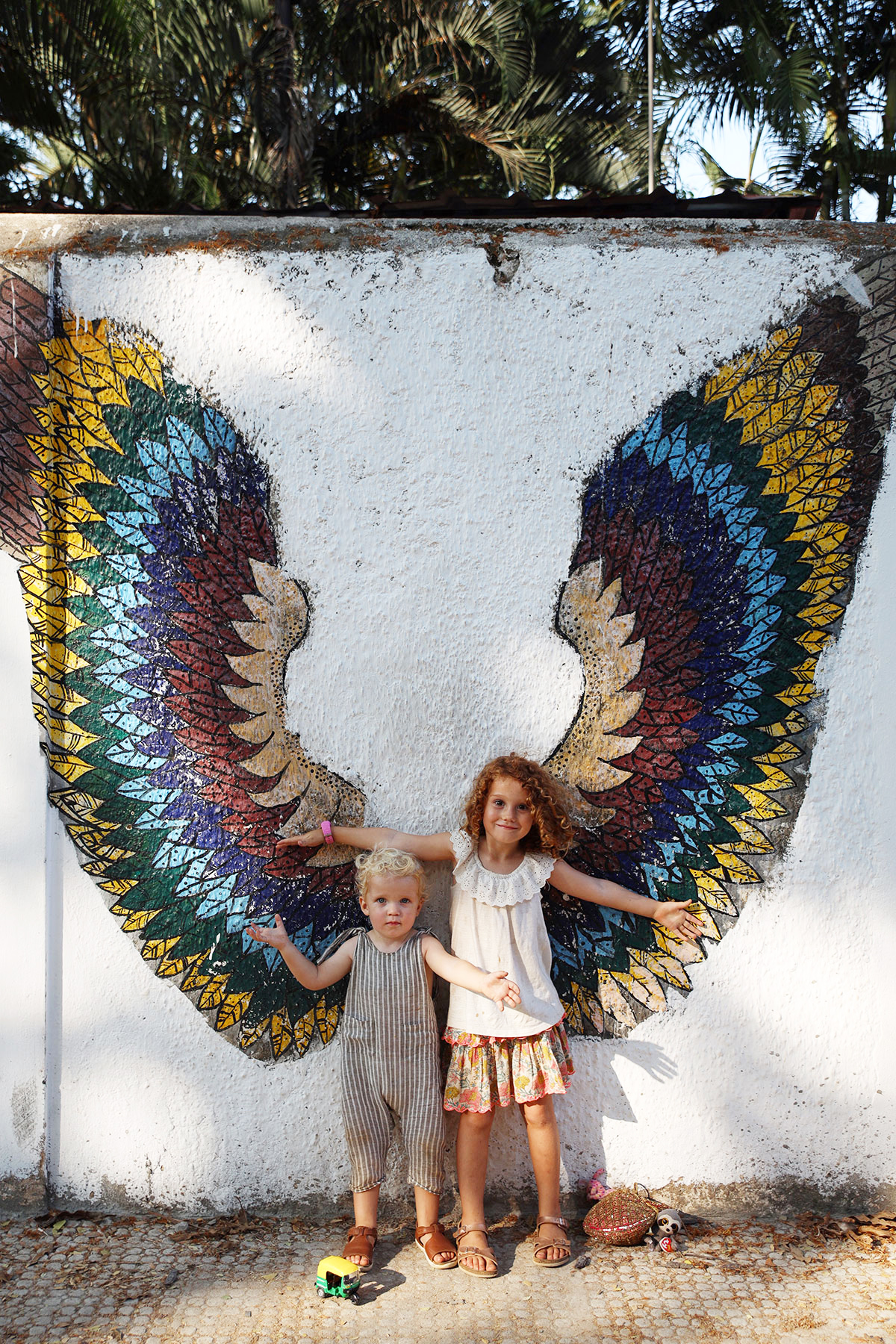
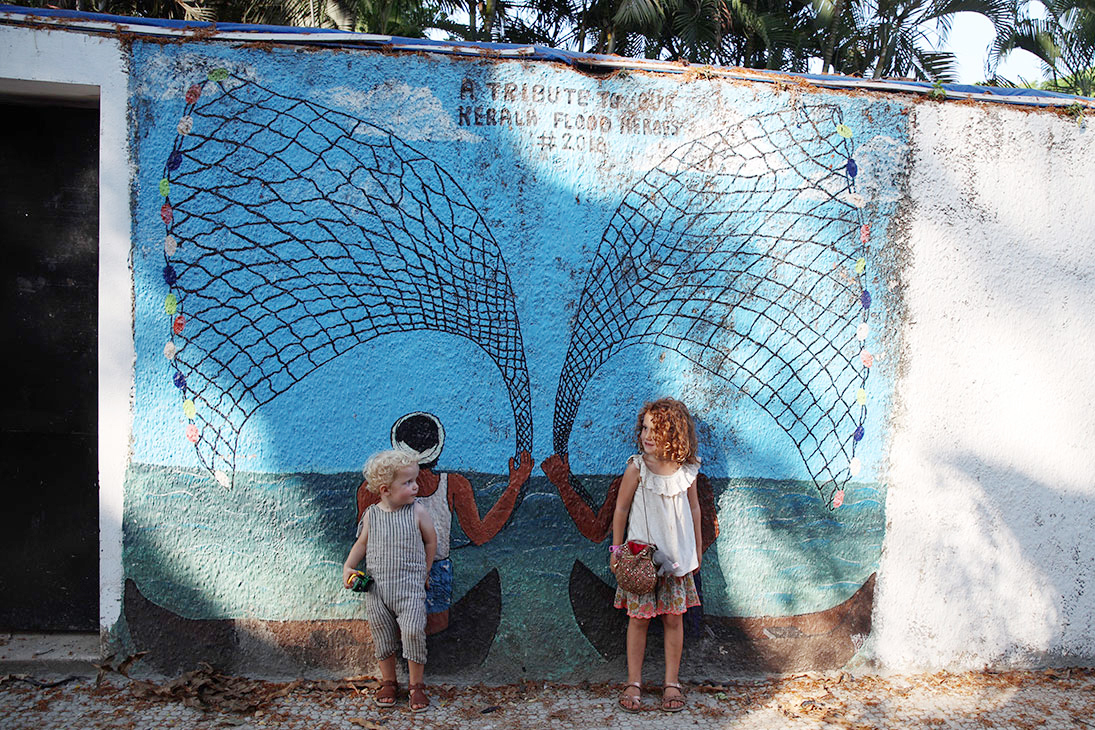
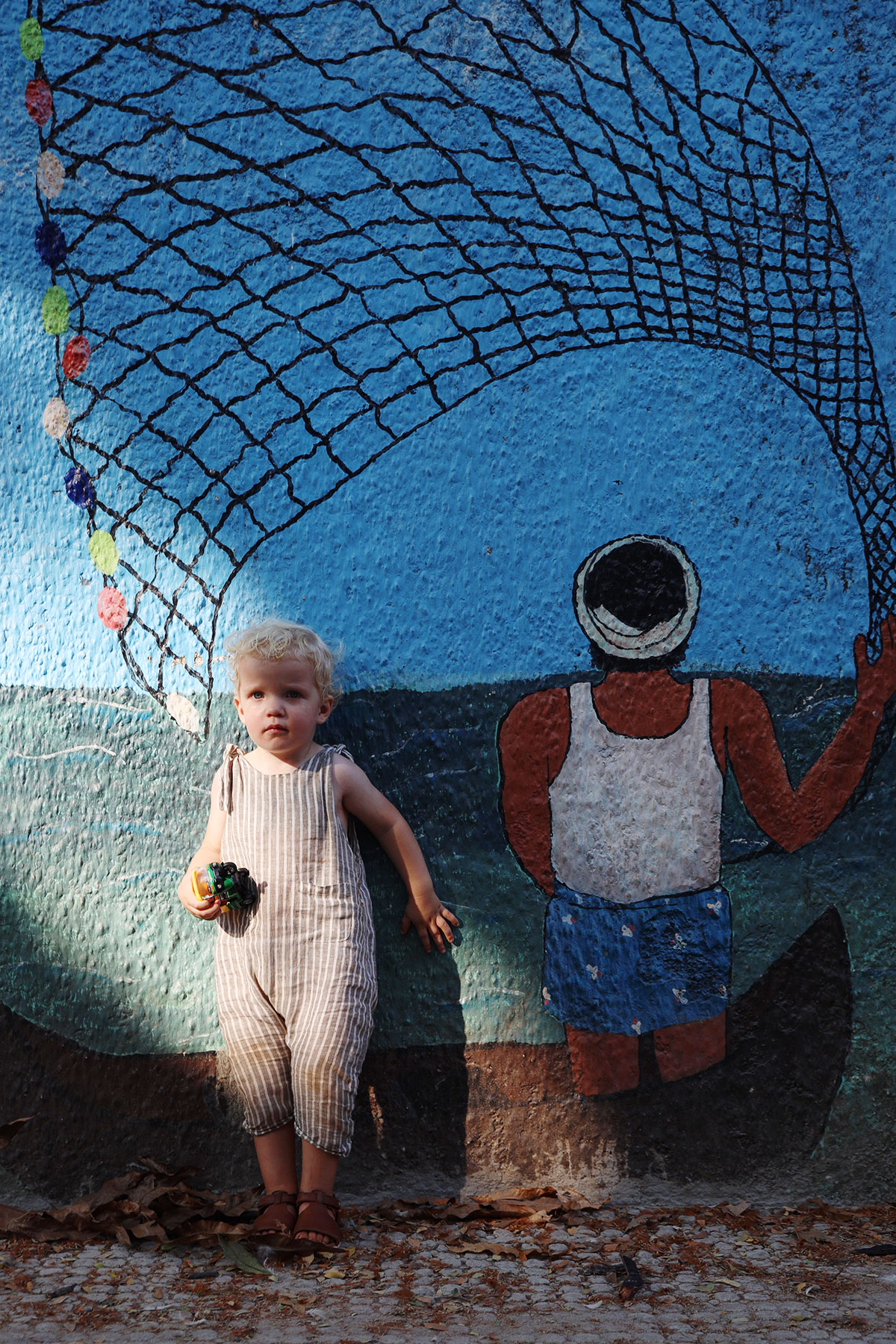
Tuk Tuk Love
The next morning we had a few hours before our driver was booked to take us to the backwaters and we decided that we’d like to visit the Mattancherry Palace, spice markets, Jew Town and the Paradesi Synagogue. We walked outside our accommodation and I am a little embarrassed to admit, even after visiting India four times, we made a very rookie mistake! The day before we had seen lots of tuk tuk drivers offering tours of the city for very cheap prices so when we were offered the same it just seemed like the thing to do (forgetting that if it seems too good to be true it probably is!). And whilst it wasn’t all bad, and we were treated very kindly and taken to the places we wanted to go, there were a few additional stops at shopping emporiums (the drivers receive a commission for taking customers there) and an unscheduled stop to the washing sheds, which meant less time for wandering backstreets! This washing sheds were something quite interesting to see though and I was able to snap one of my favourite portraits of a local worker whilst we were there. Plus, the kids were so excited to get to ride around on a tuk tuk all morning!
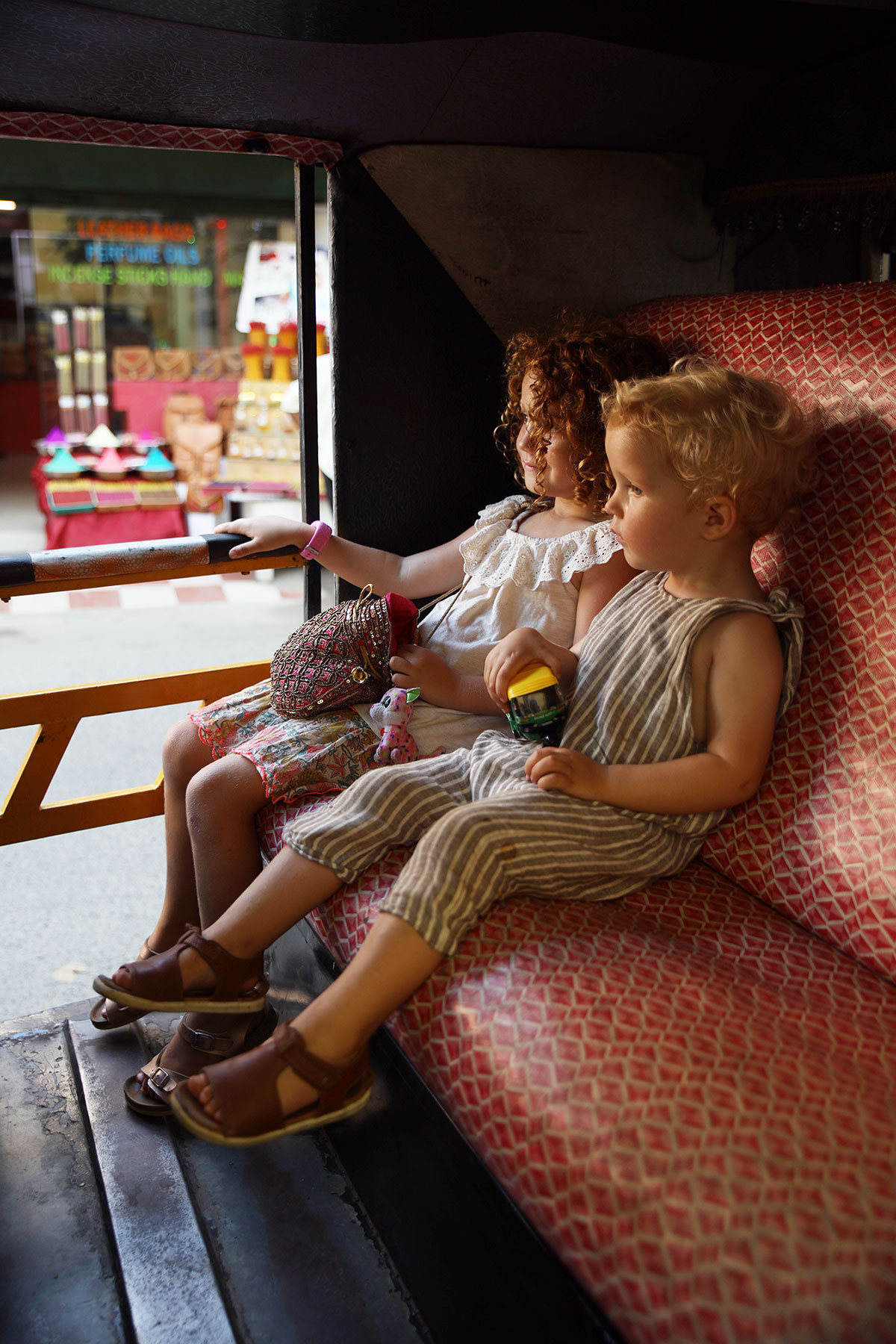
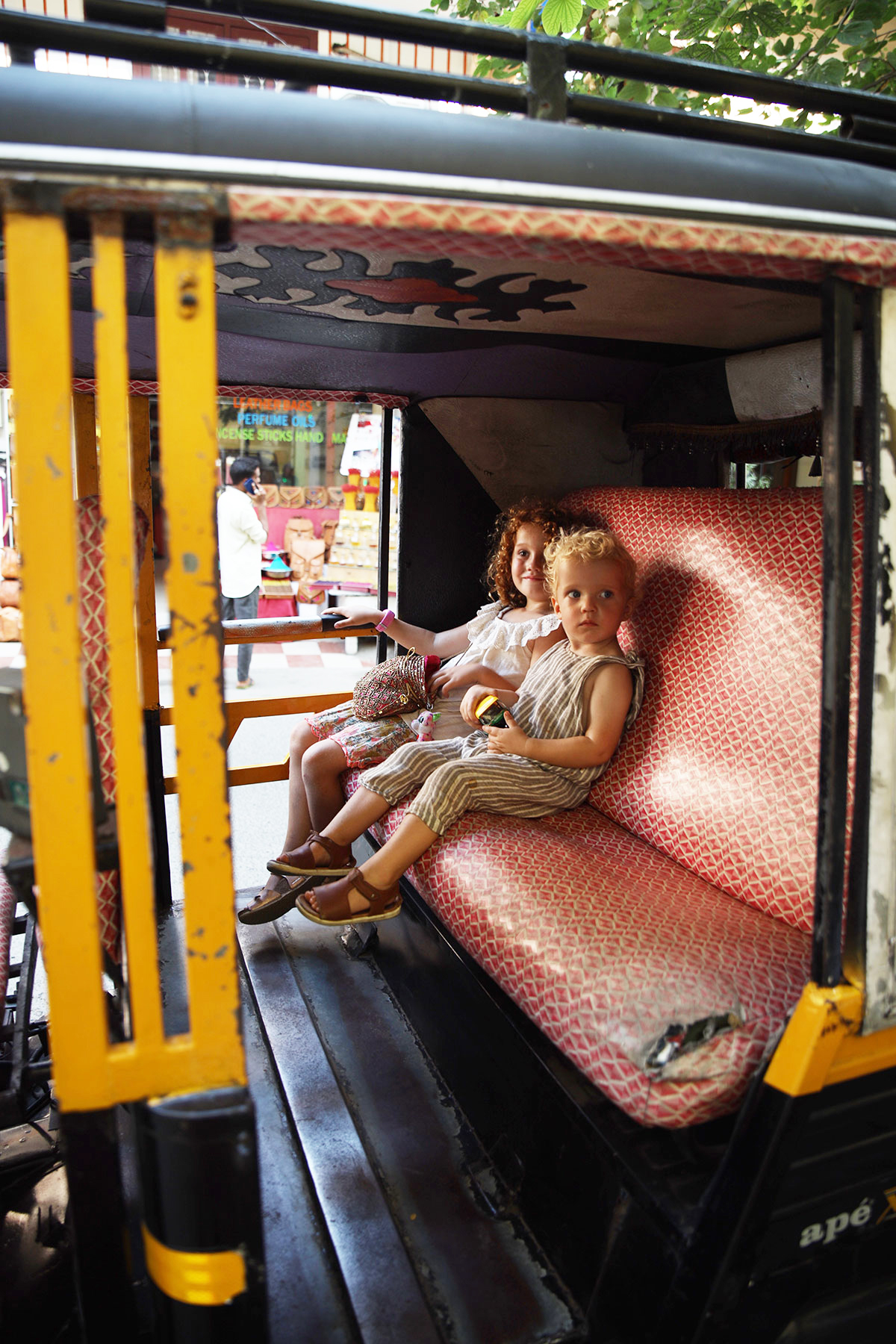

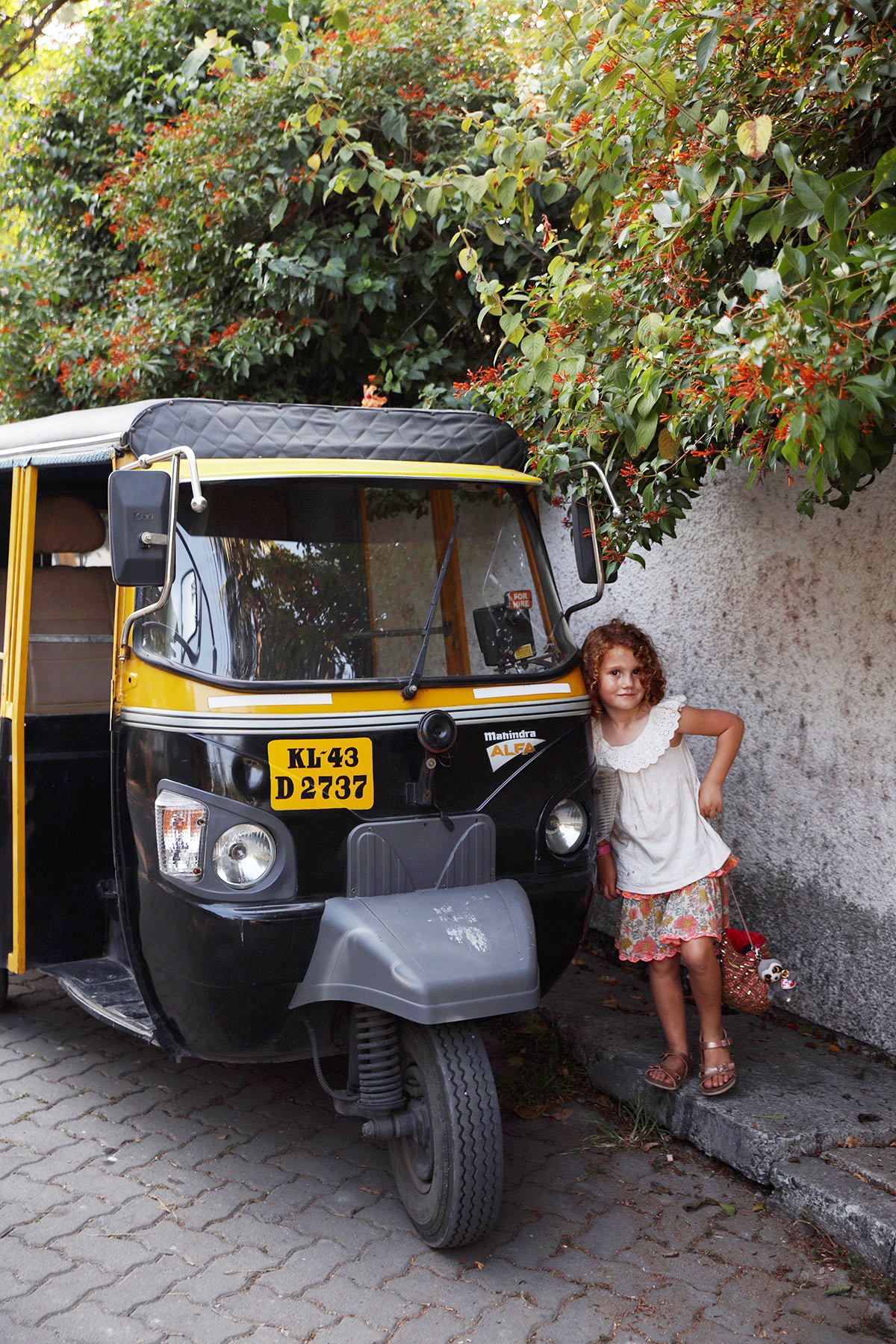
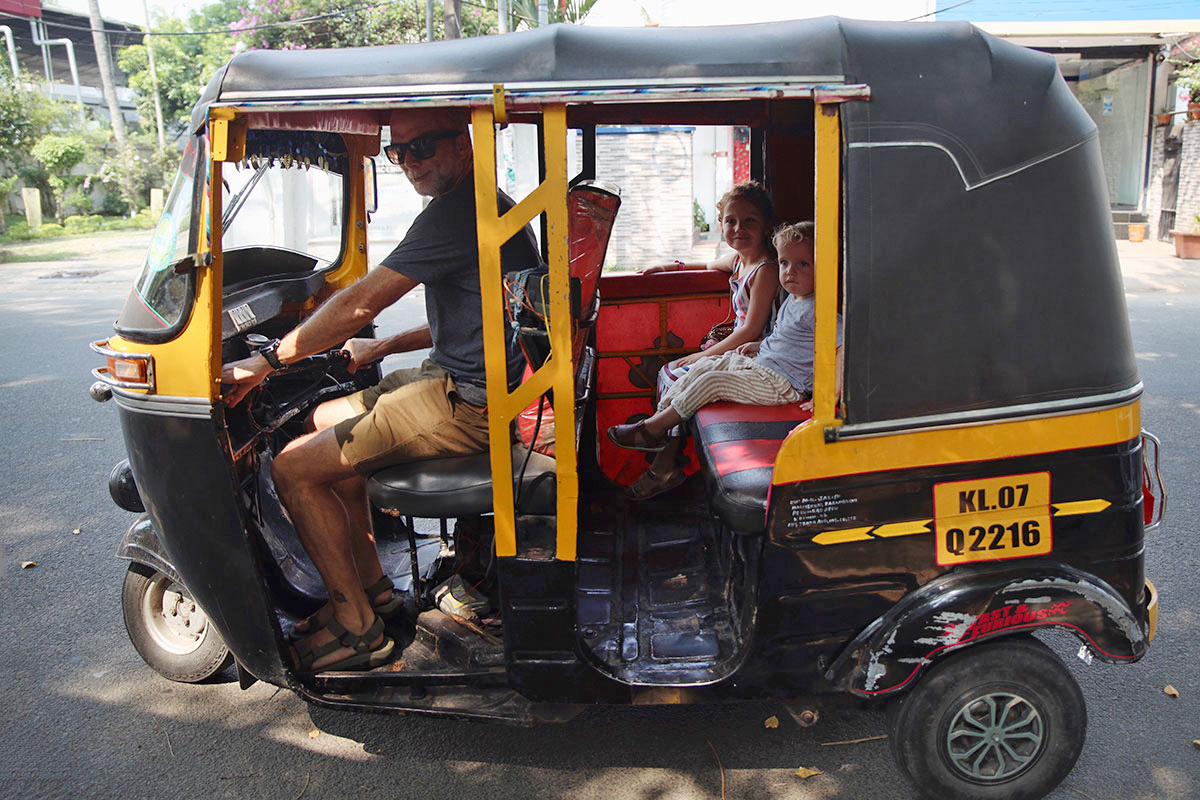
Washing sheds
The first time I witnessed the huge, manual, back-breaking task that is washing clothes en masse in India was in the slums of Mumbai. It was incredible to think that this is still the way things are done, when at home we enjoy the luxury of putting our clothes in a machine without a second though and the most effort we have to put in is hanging them on the line. Even the sheets and towels from five star hotels are laundered in this way! The washing sheds in Fort Kochi were, of course, on a much smaller scale but it was still very interesting to see and to show Layla and Etienne.
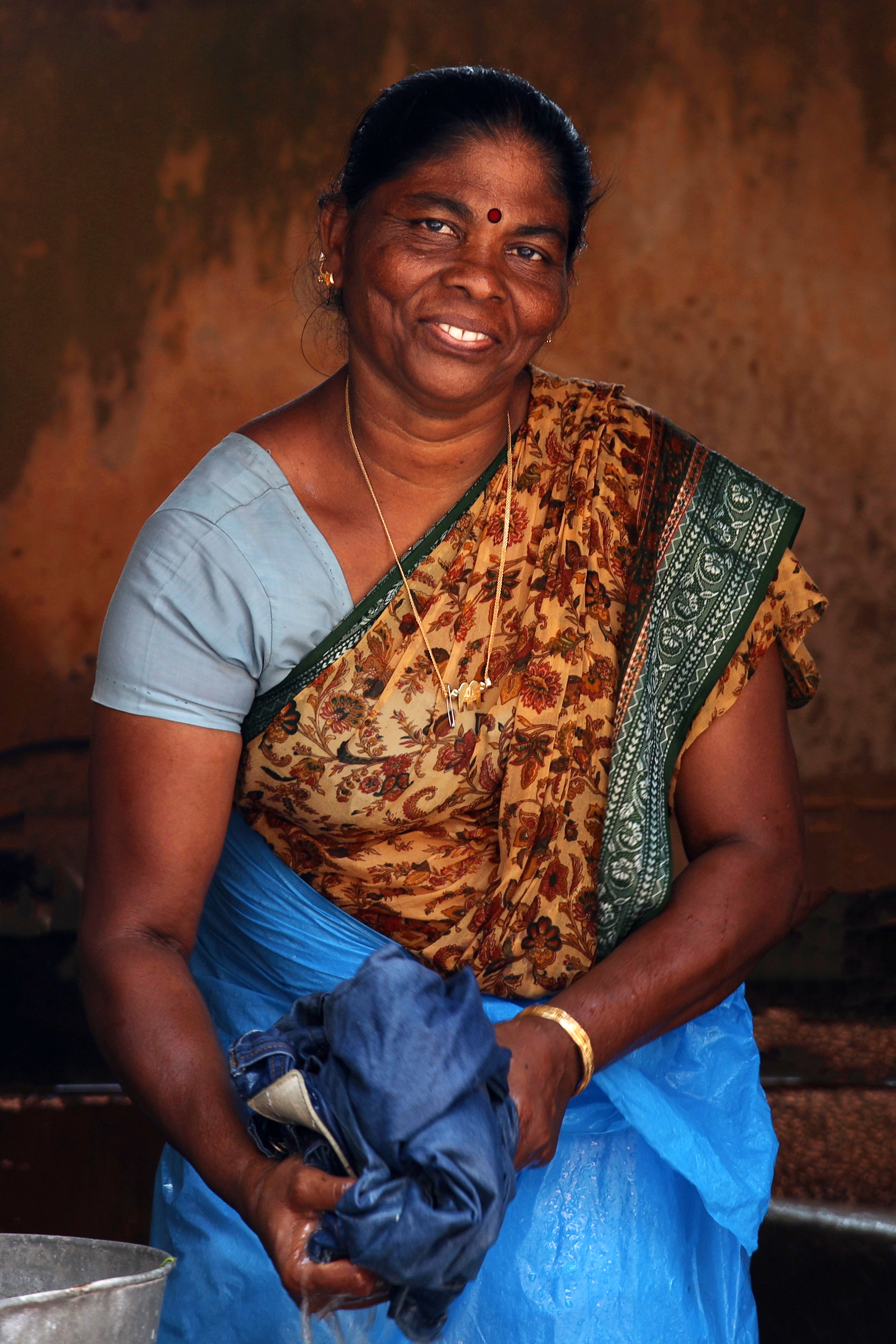
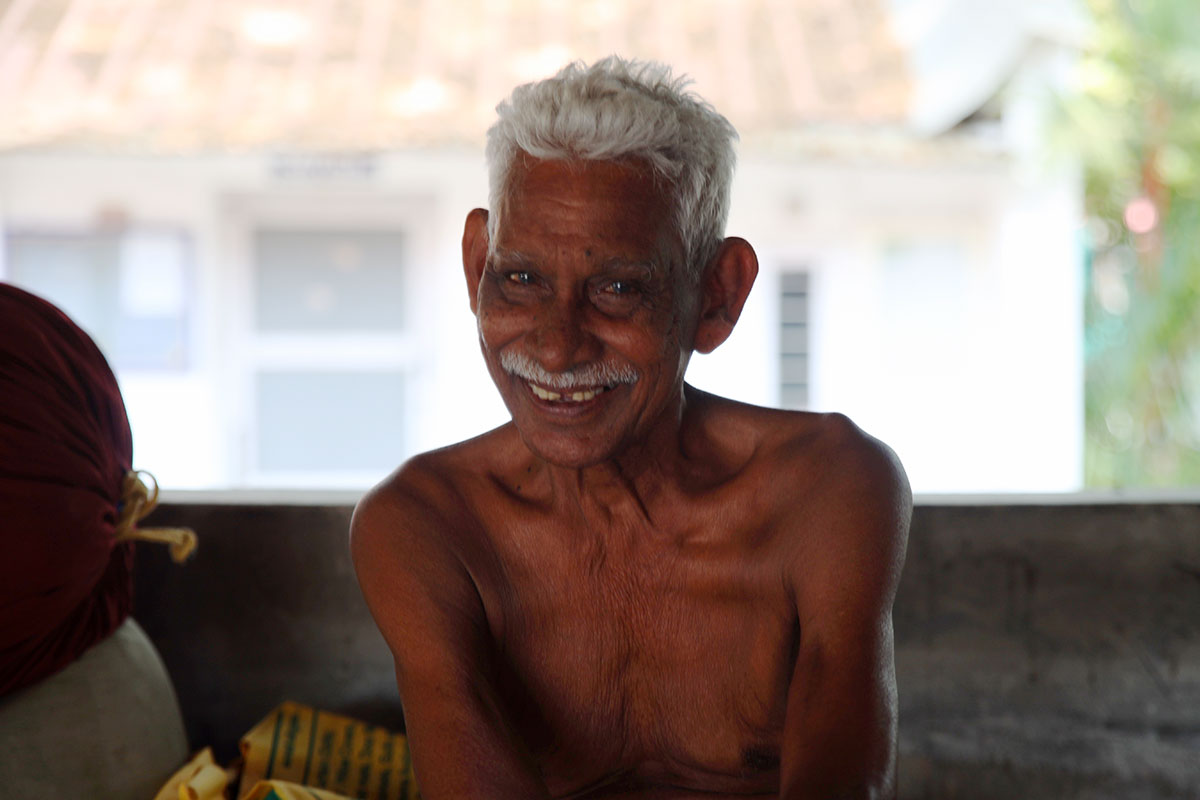
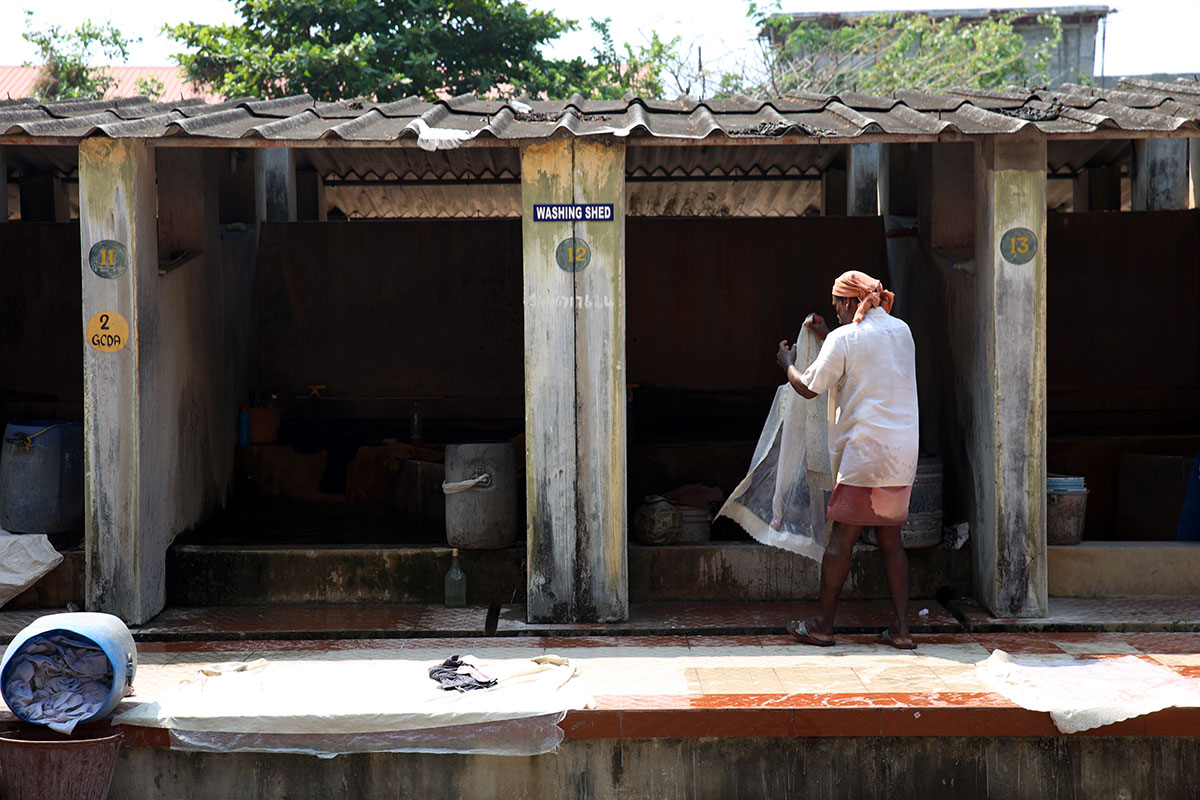
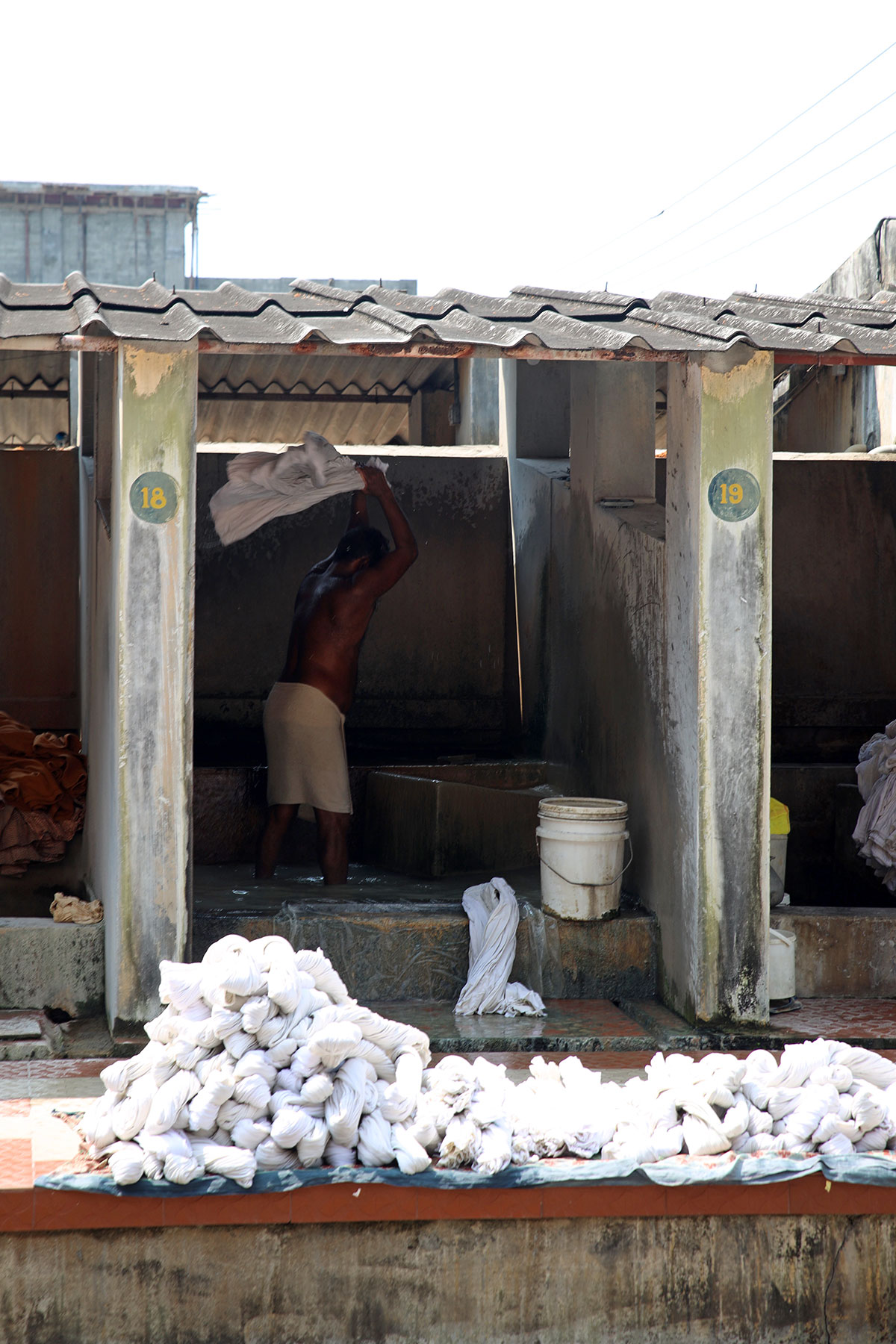
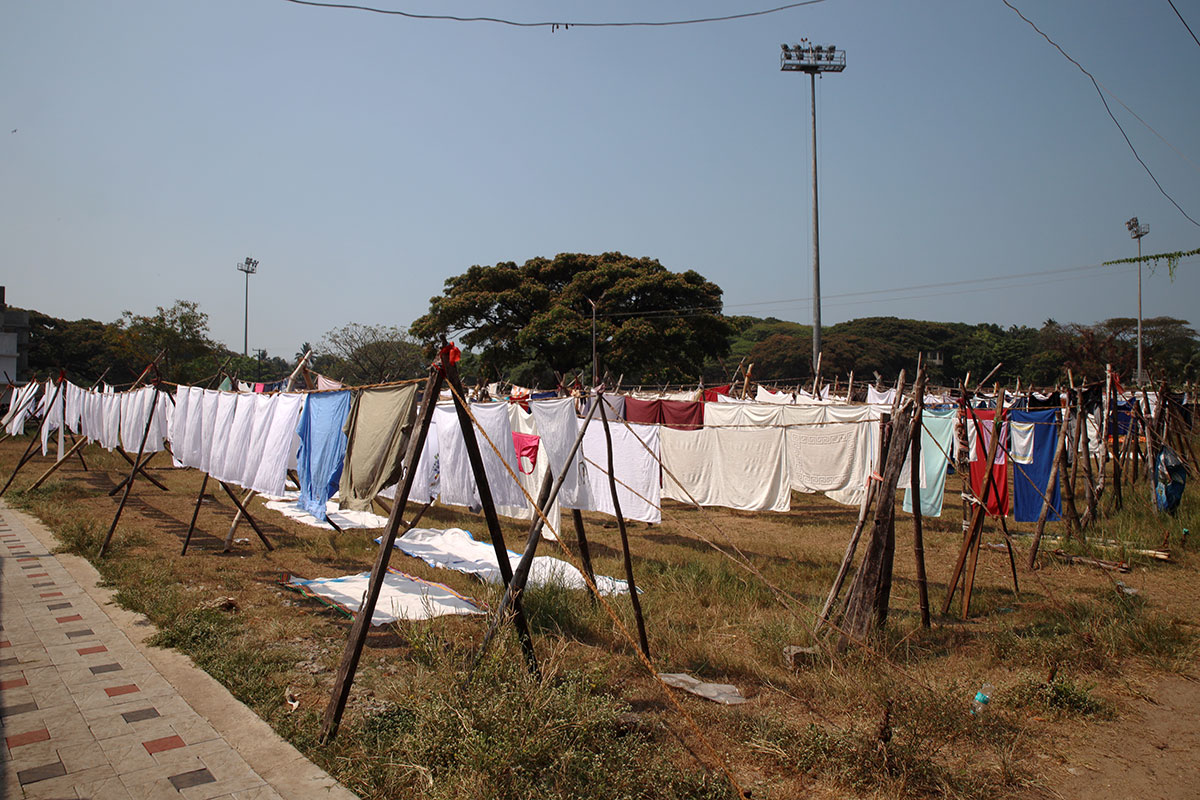
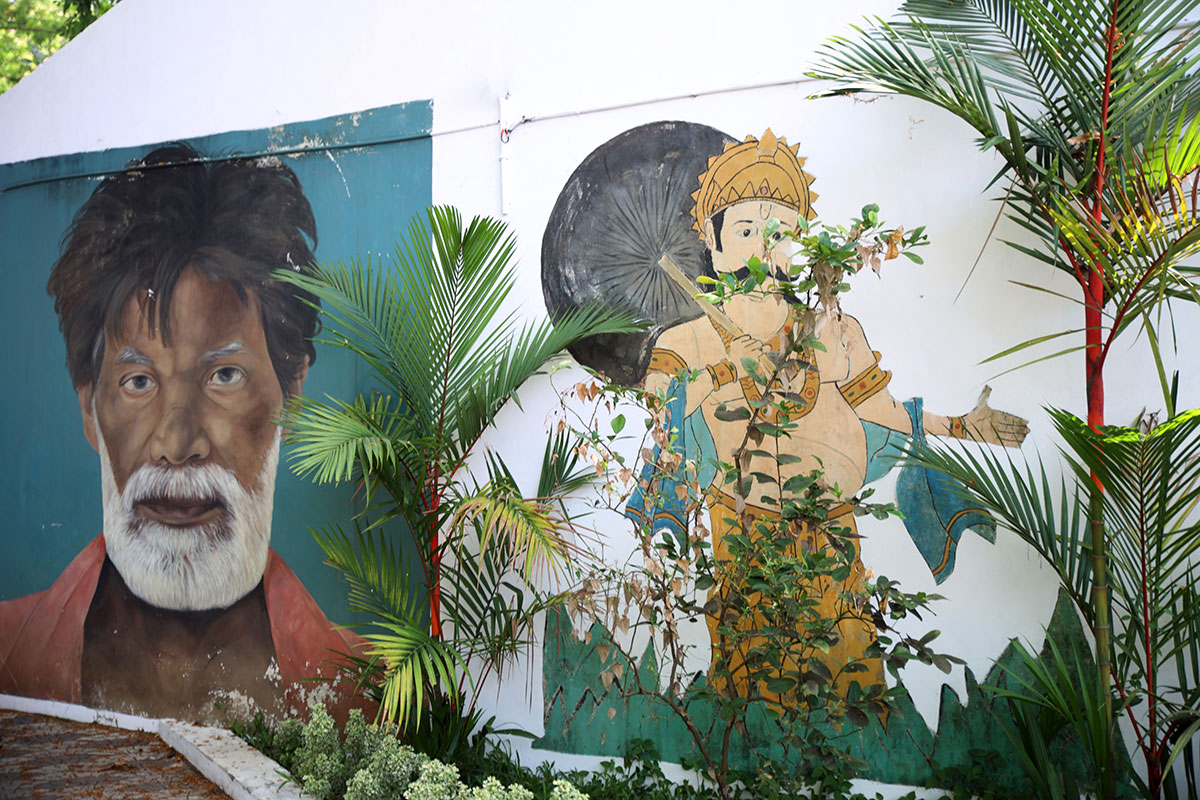
Mattancherry Palace
The Mattancherry Palace, also known as Dutch Palace, was built around 1545 by the Portuguese as a present to King Veera Kerala Verma of Kochi dynasty. It is now a museum housing a collection of murals depicting some of the great Indian epics including Ramayana, Mahabharata along with Hindu gods such as Lord Krishna as well as portraits and artefacts of the royal family.
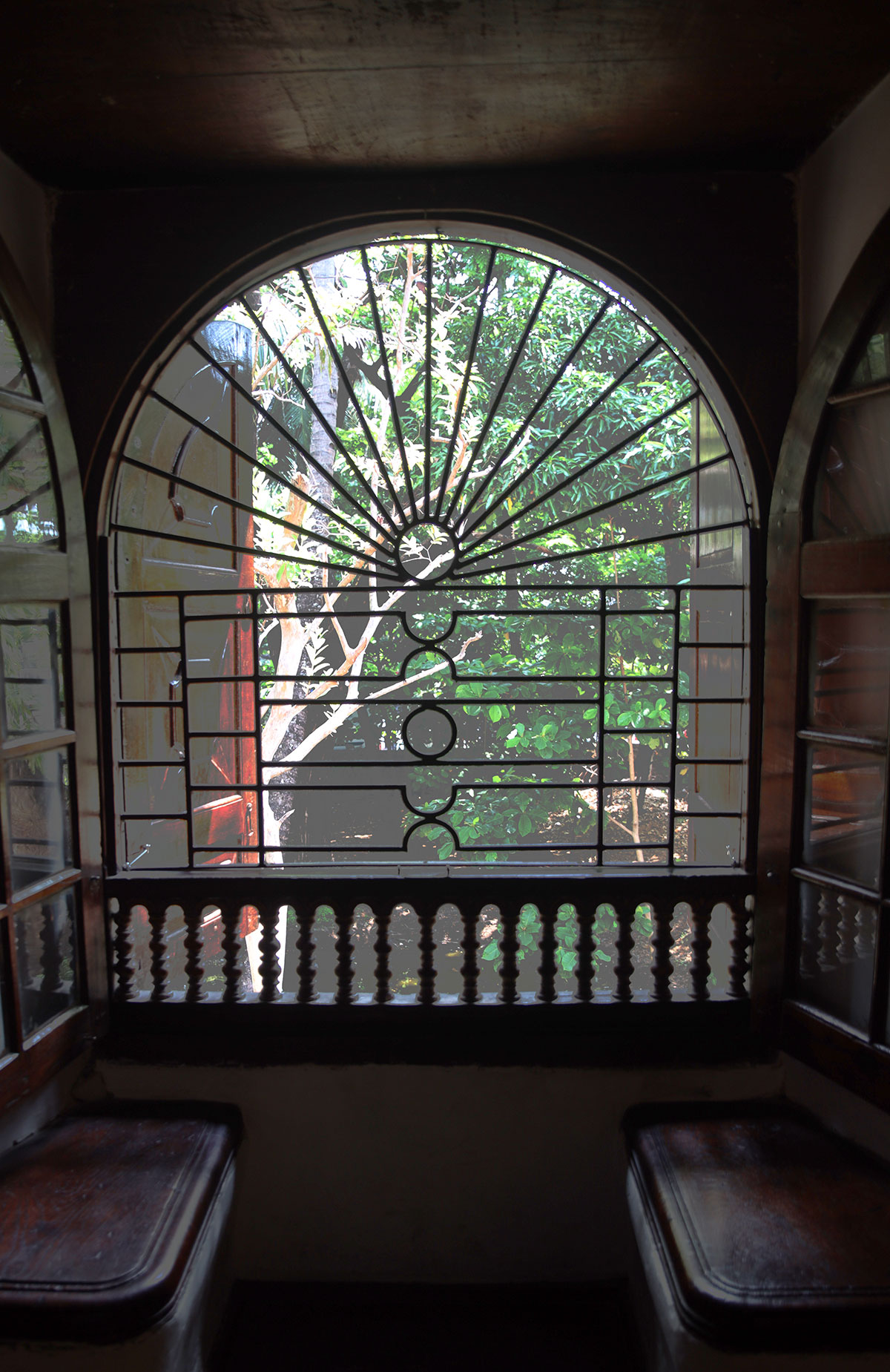
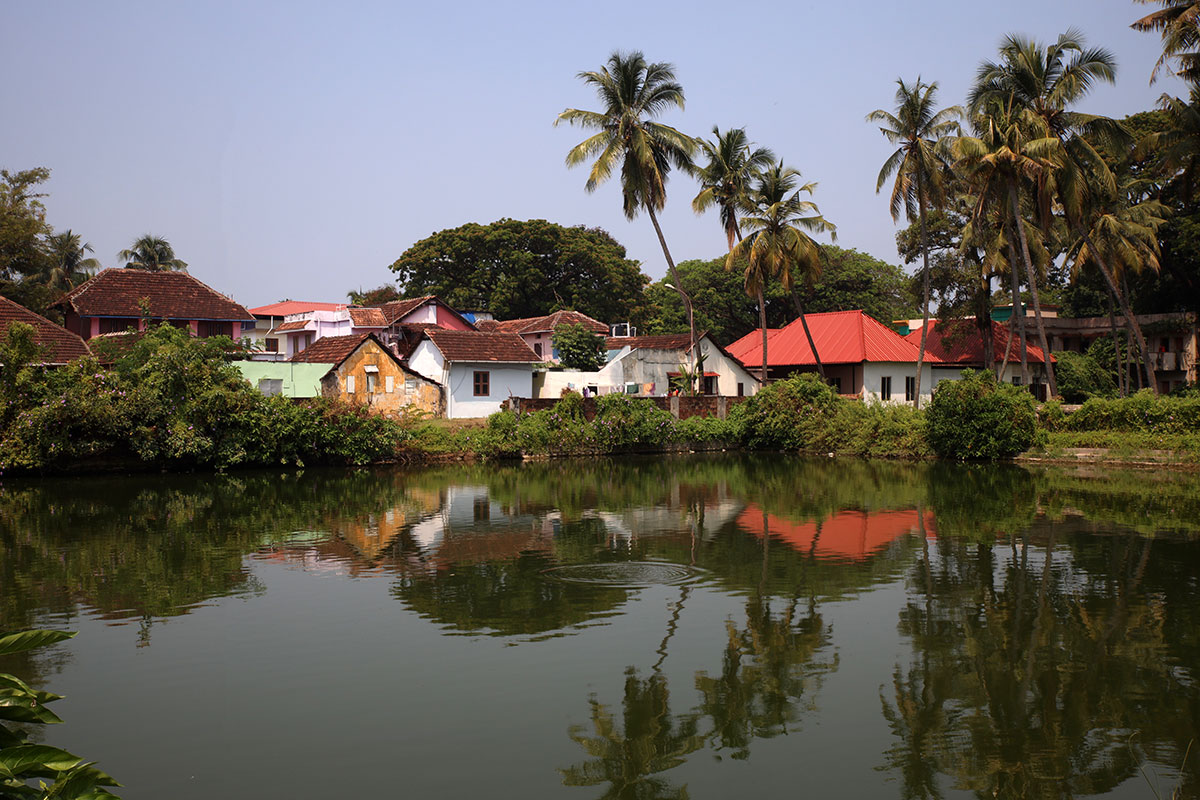
Spice Market
The spice market area of Fort Kochi has seen more bustling days but it is still a lovely place to visit with its fading, dilapidated, brightly coloured buildings, glimpses inside the warehouses and the smell of spice wafting on the air. We visited a little shop up a narrow set of wooden steps where a group of ladies gave us samples to smell which the children enjoyed.
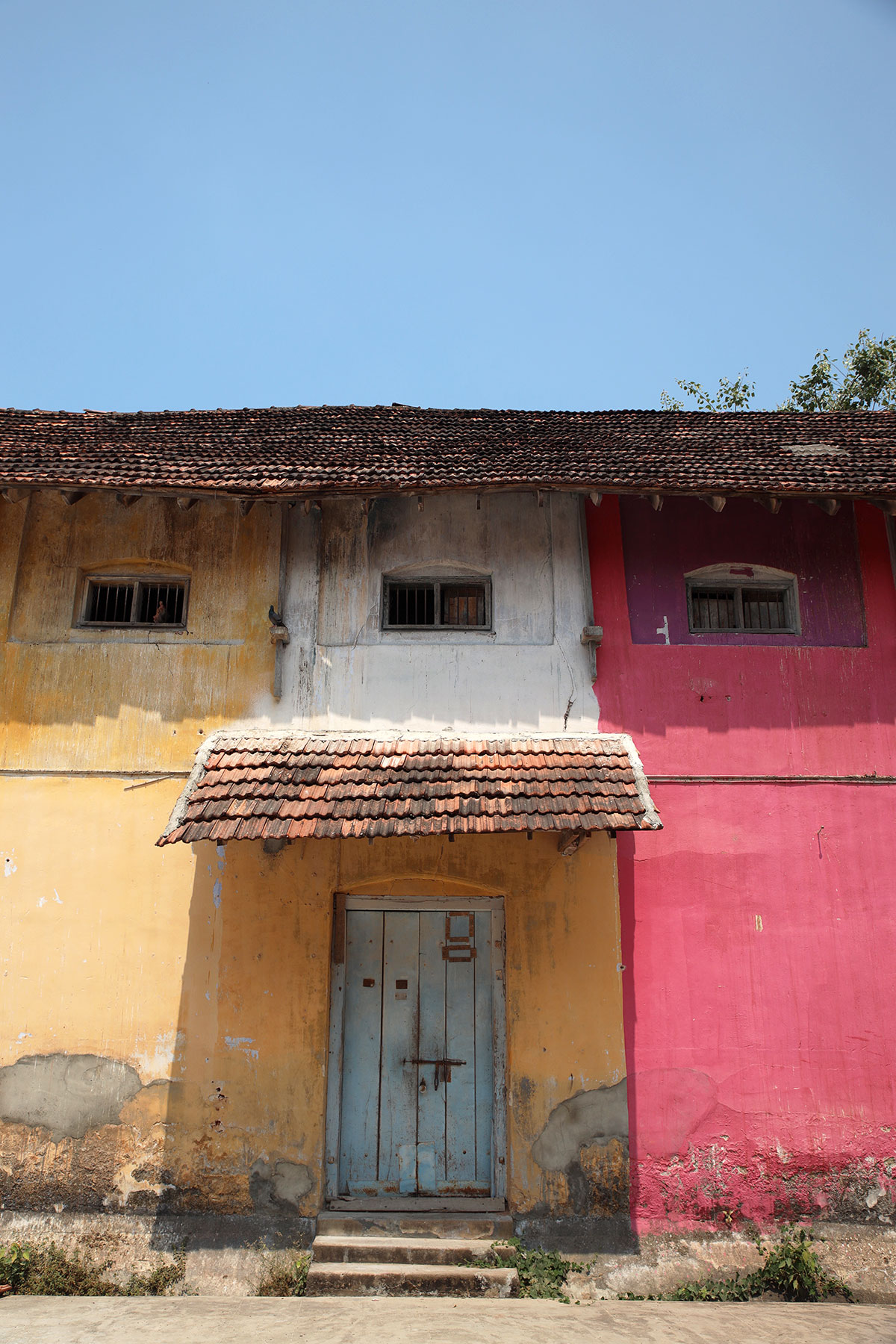
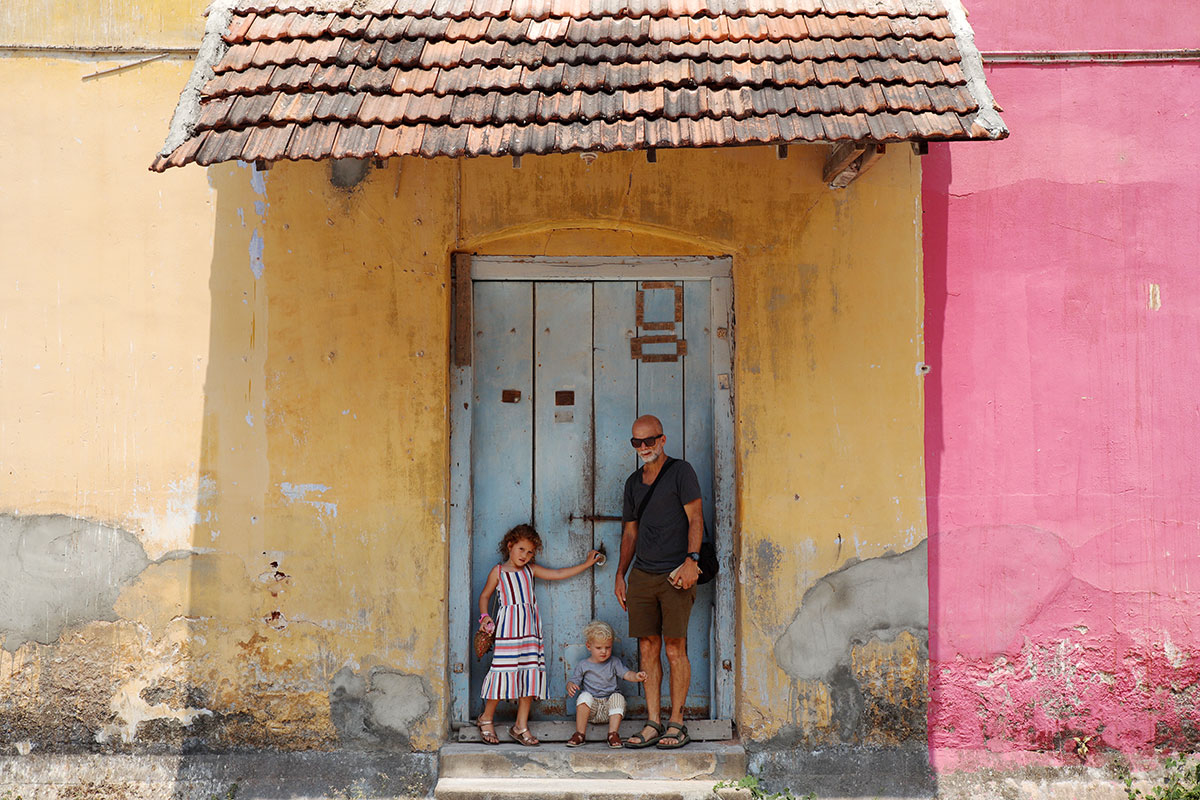
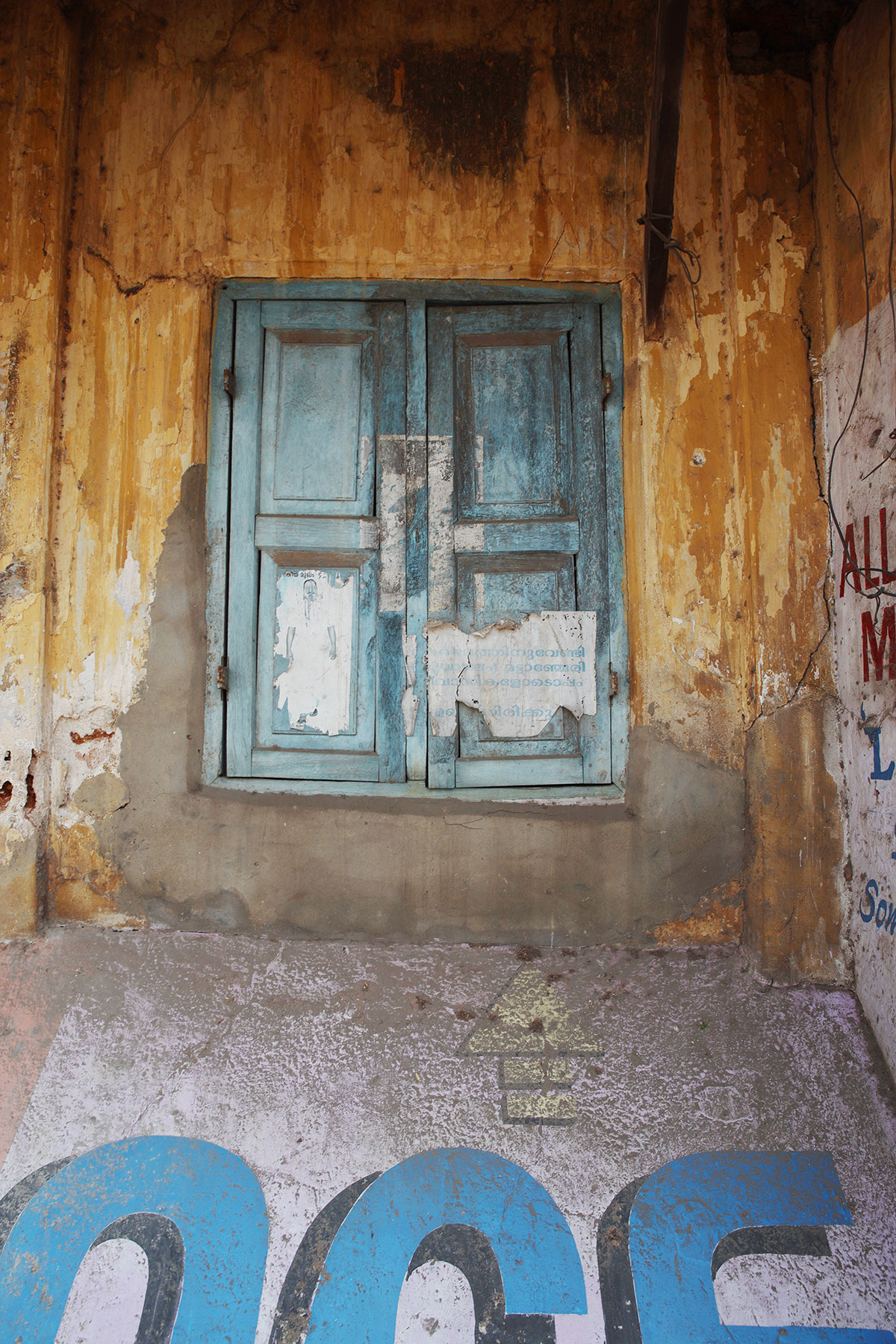
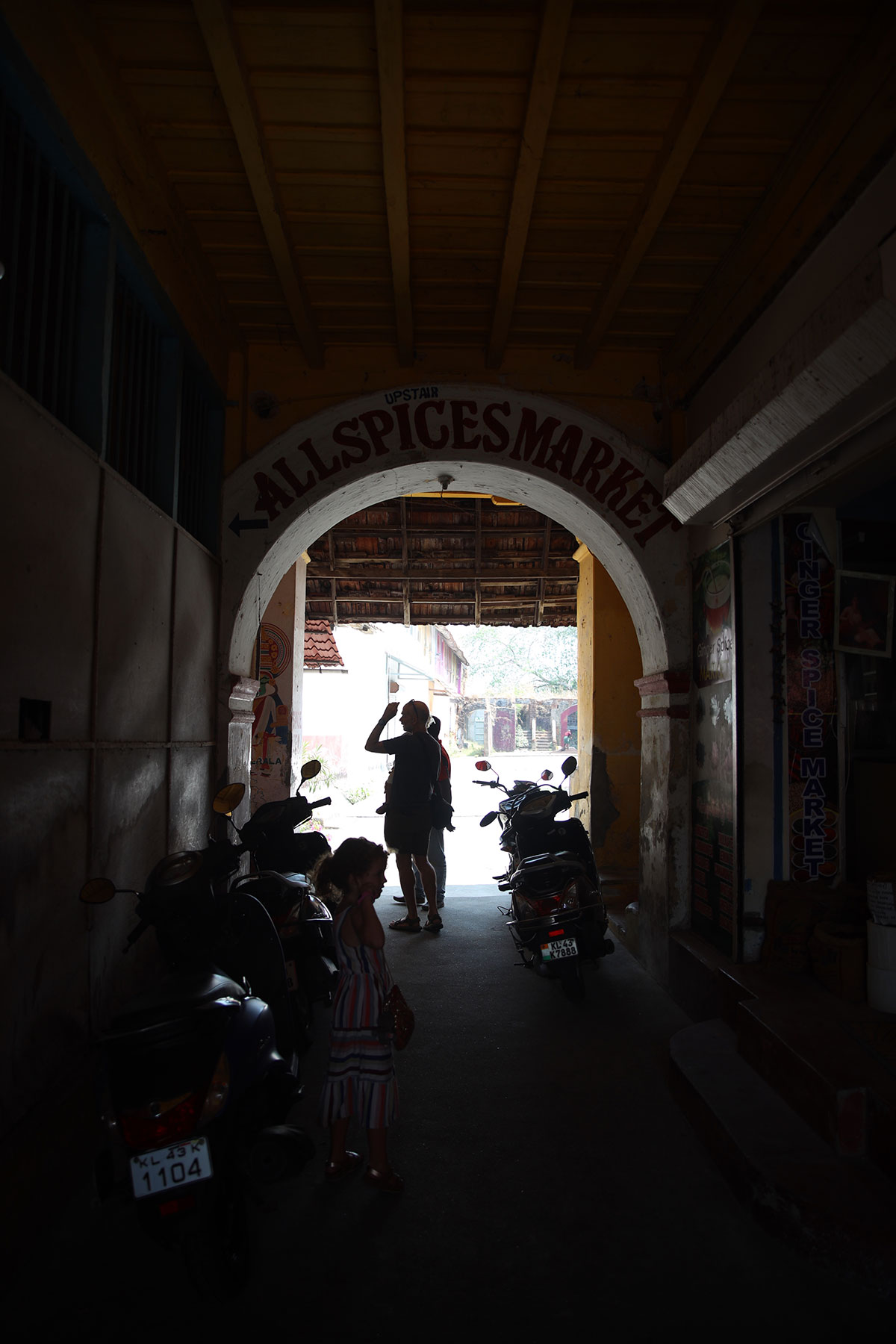
Jew Town and the Paradesi Synagogue
The Paradesi Synagogue, located in Jew Town, is the oldest synagogue in the Commonwealth, having been built in 1568. It is full of rare antiques, including lamps and chandeliers as well as very pretty blue floor tiles and is an interesting place for a short visit. The surrounding laneways of Jew Town are full of antique and souvenir shops plus a few lovely little cafes and restaurants. I wish we had more time to explore!

